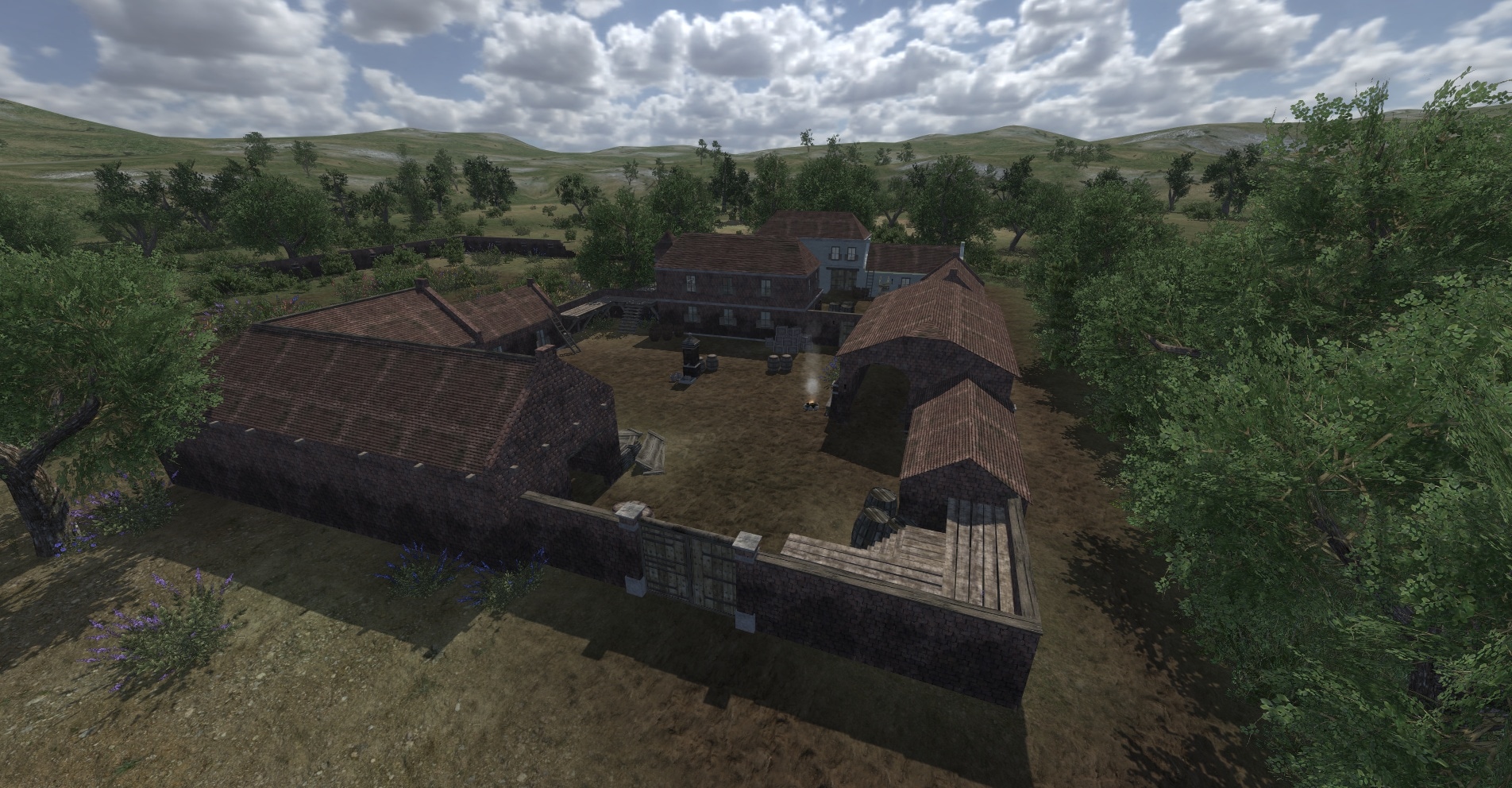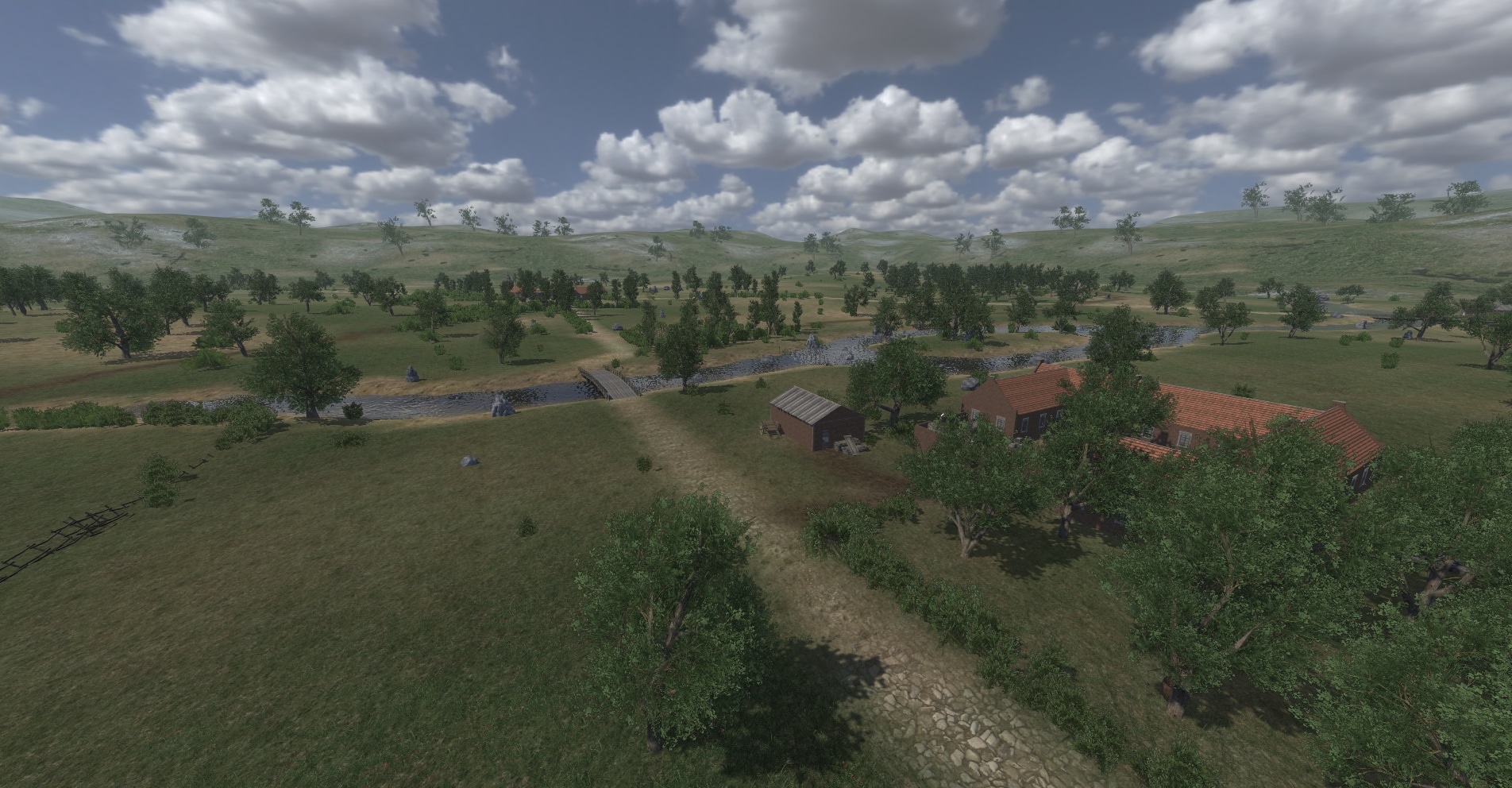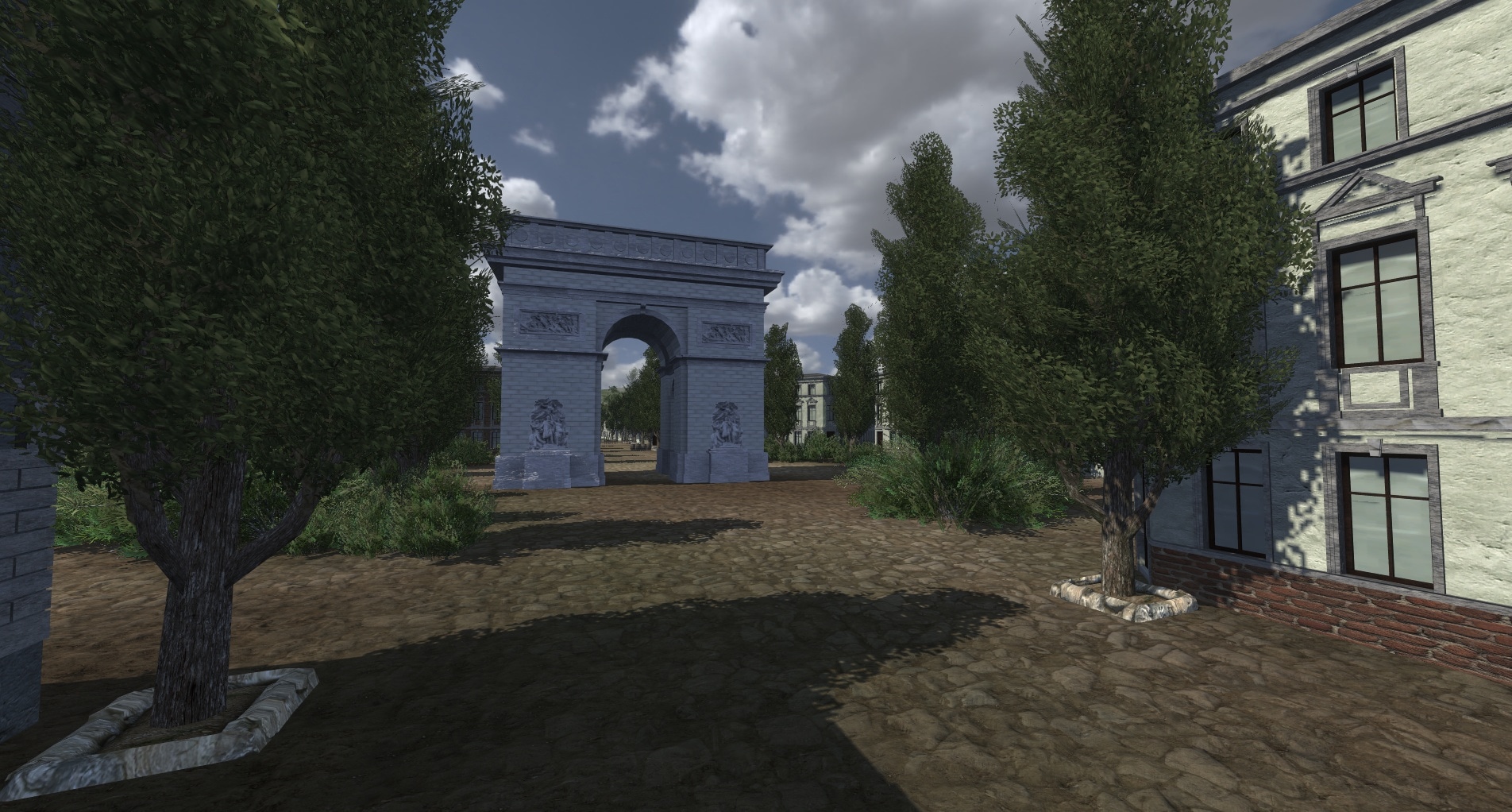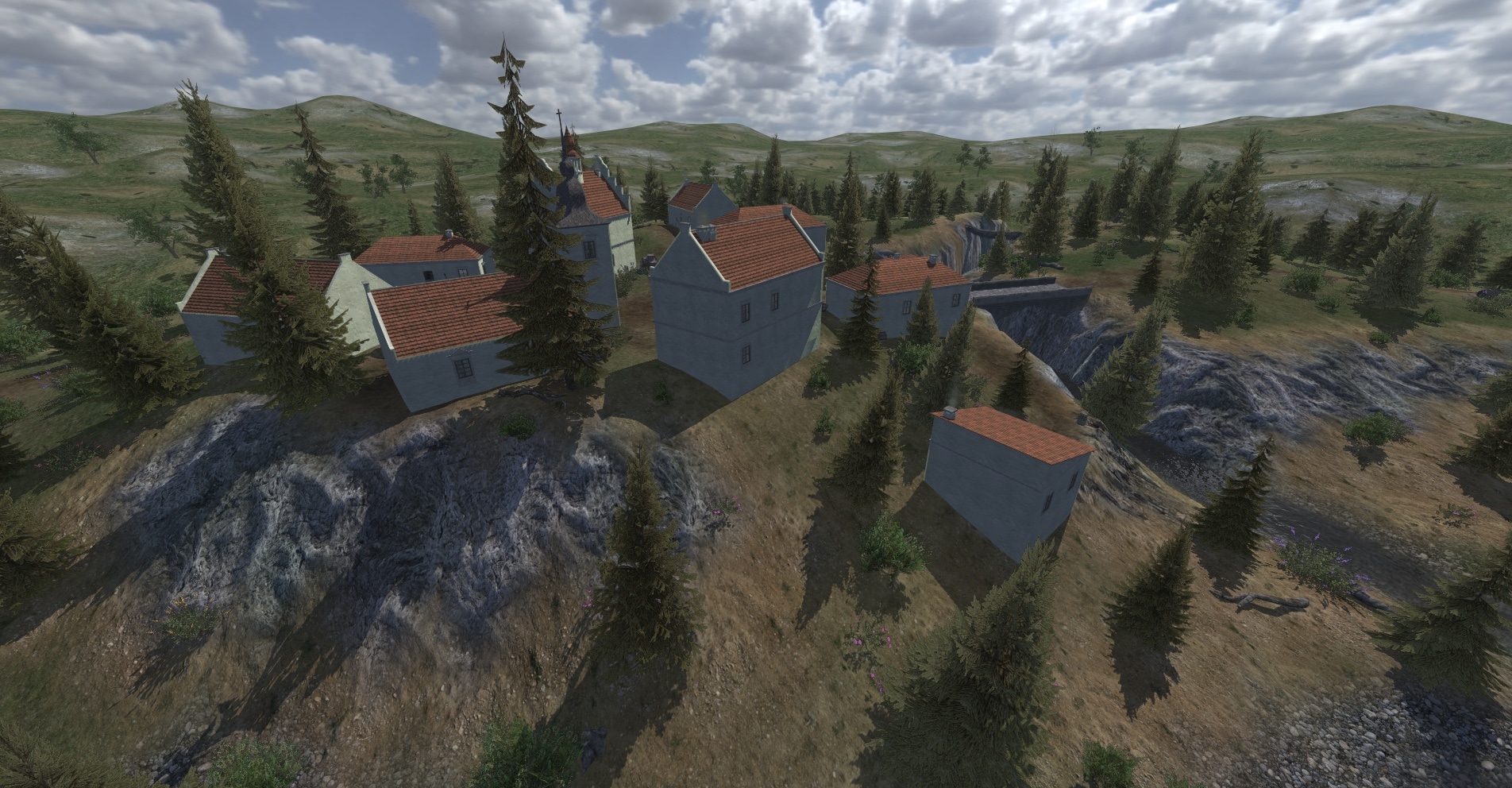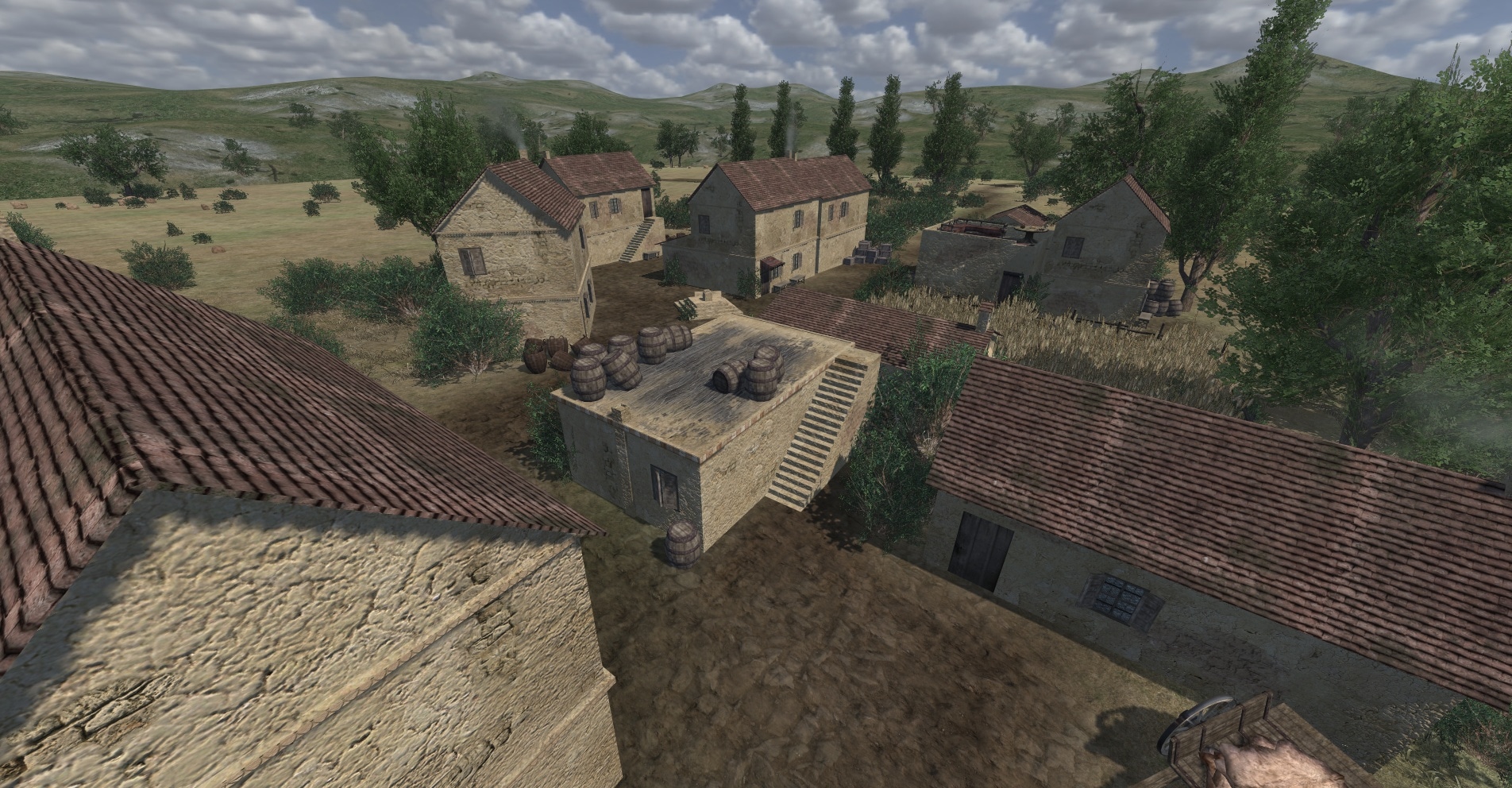
Sneak Peek Thread
Greetings Musketry fans!
We appreciate that you have been waiting a very long time for this release, however now that it has been announced we are able to lift the veil of secrecy and show you what has really been going on behind the Iron Curtain that is Vince’s Skirts.
From now on, there will be a regular “sneak preview” of the DLC, up until release. These previews will feature screenshots and descriptions of new units, gameplay changes, and scenes.
We hope that this will keep you ticking by until release, and will give you more of an insight as to how much work the Flying Squirrels have put in this past year.
Sneek Peek 7.
Introducing Musicians
Musicians were needed just as important as officers in the Napoleonic Wars because up to that point they had no radios, or anything of that sort to communicate.
So musicians were needed to call out the orders through their music because a commanders voice could not always be heard. The number of musicians however varied and each army had different sounds for the orders.
The standard line regiments usually used drums, fifes, and in some cases bagpipes. Light infantry regiments and skirmishers more often than not had cornets or "hunting horns", but there were still cases of some light infantry regiments using drummers.
For the most part musicians marched behind the advancing battalions and didn't get involved in the combat.
Drummers.
Drums are not light instruments, they are rather bulky and heavy which is the reason why there were few "drummer boys", but drummers in their 20's.
New drummers often grasped the drumsticks incorrectly which caused them to hit the rim as much as the drum head.
The number of orders they had to remember was immense, and was one of the most decisive things that could be heard on a battlefield.
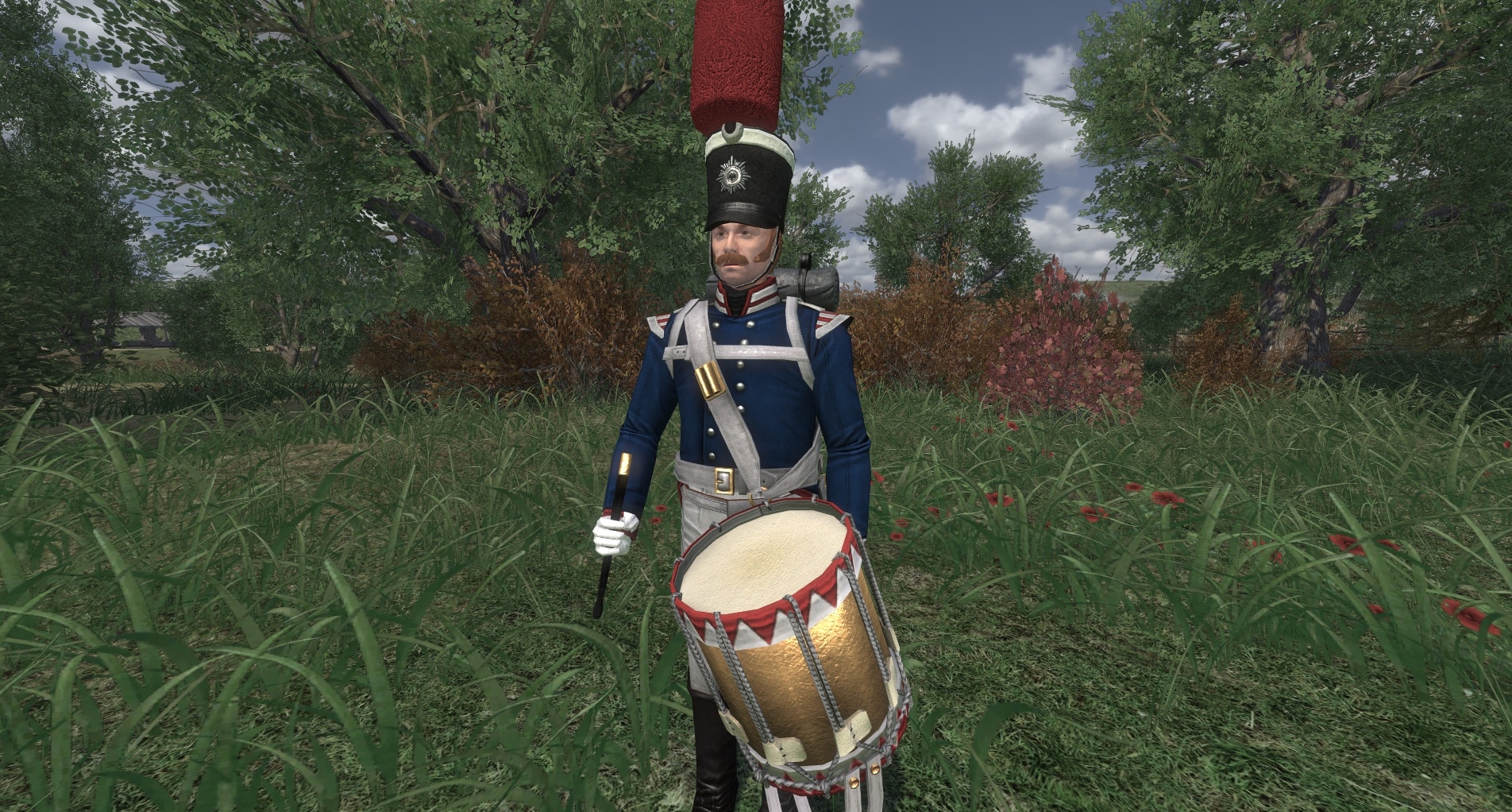
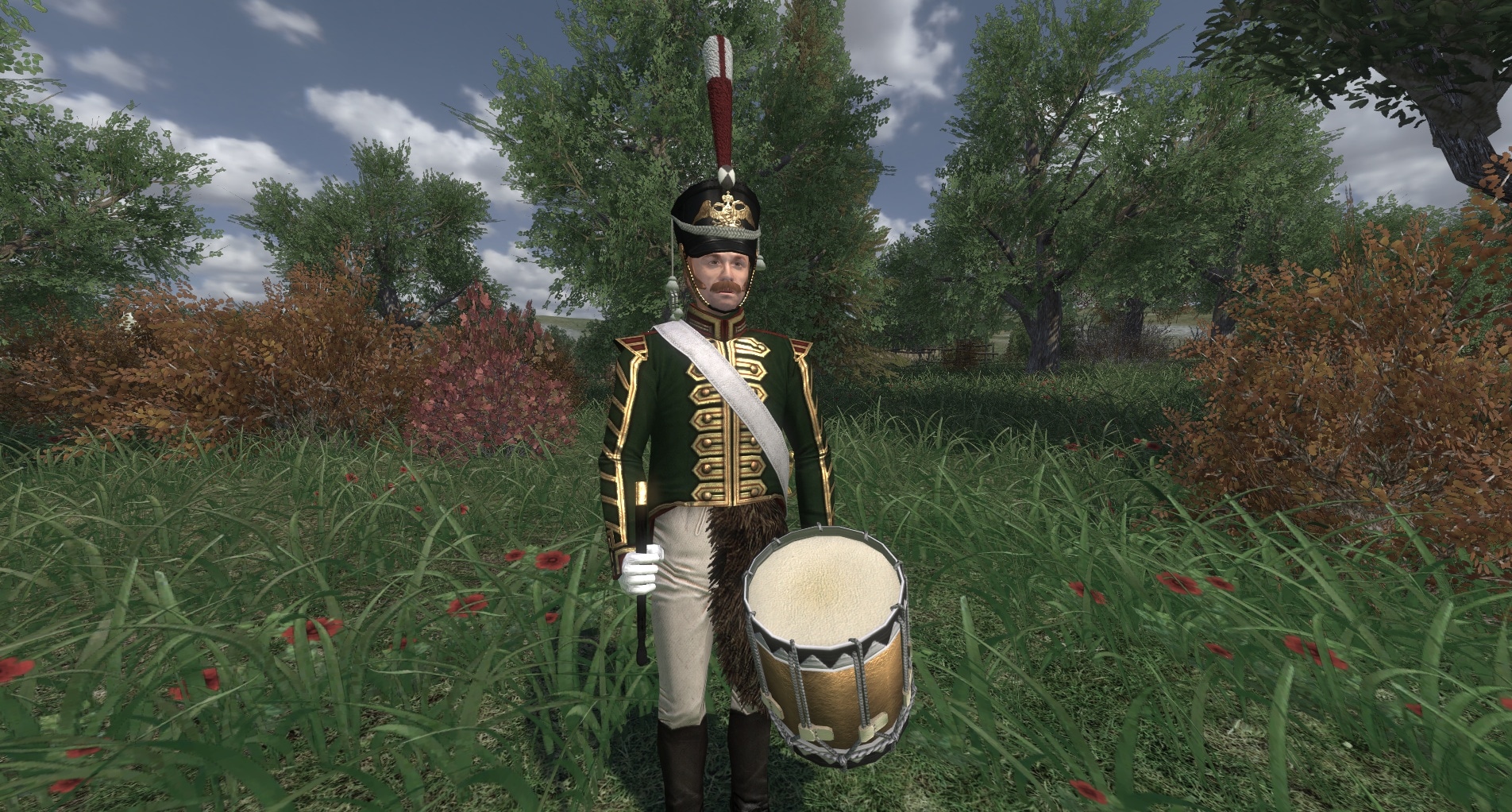
Fifers
These musicians had the one of the lightest instruments, that protruded immense noise across a battlefield. They were often put alongside drummers in a regimental band.
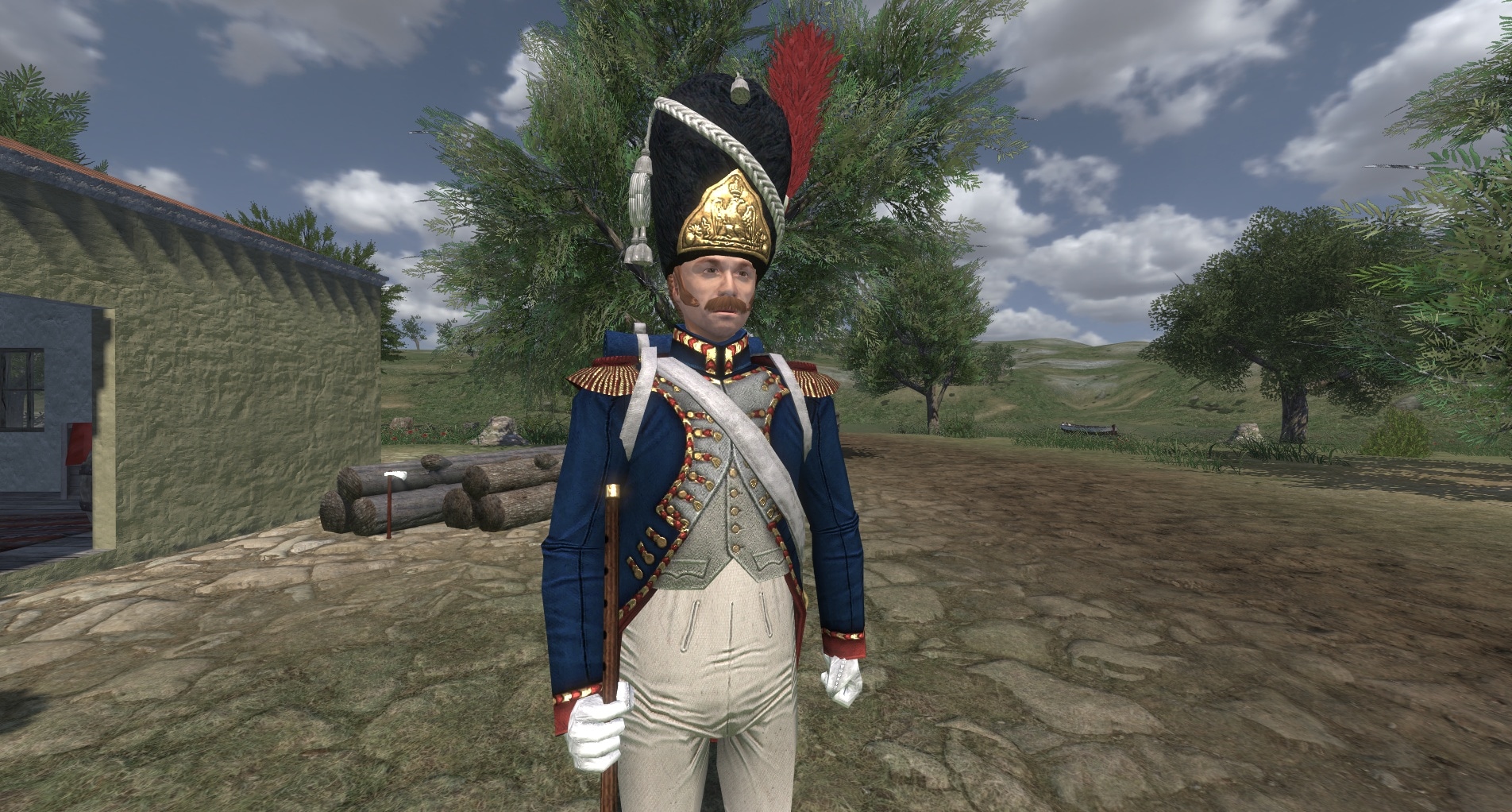
Bagpipers
Scottish regiments of the British Army during the Napoleonic Wars often brought a unique instrument with them to the battlefields. The bagpipe was first occompanied by drums during these wars and it made an intimidating duo to those against it.
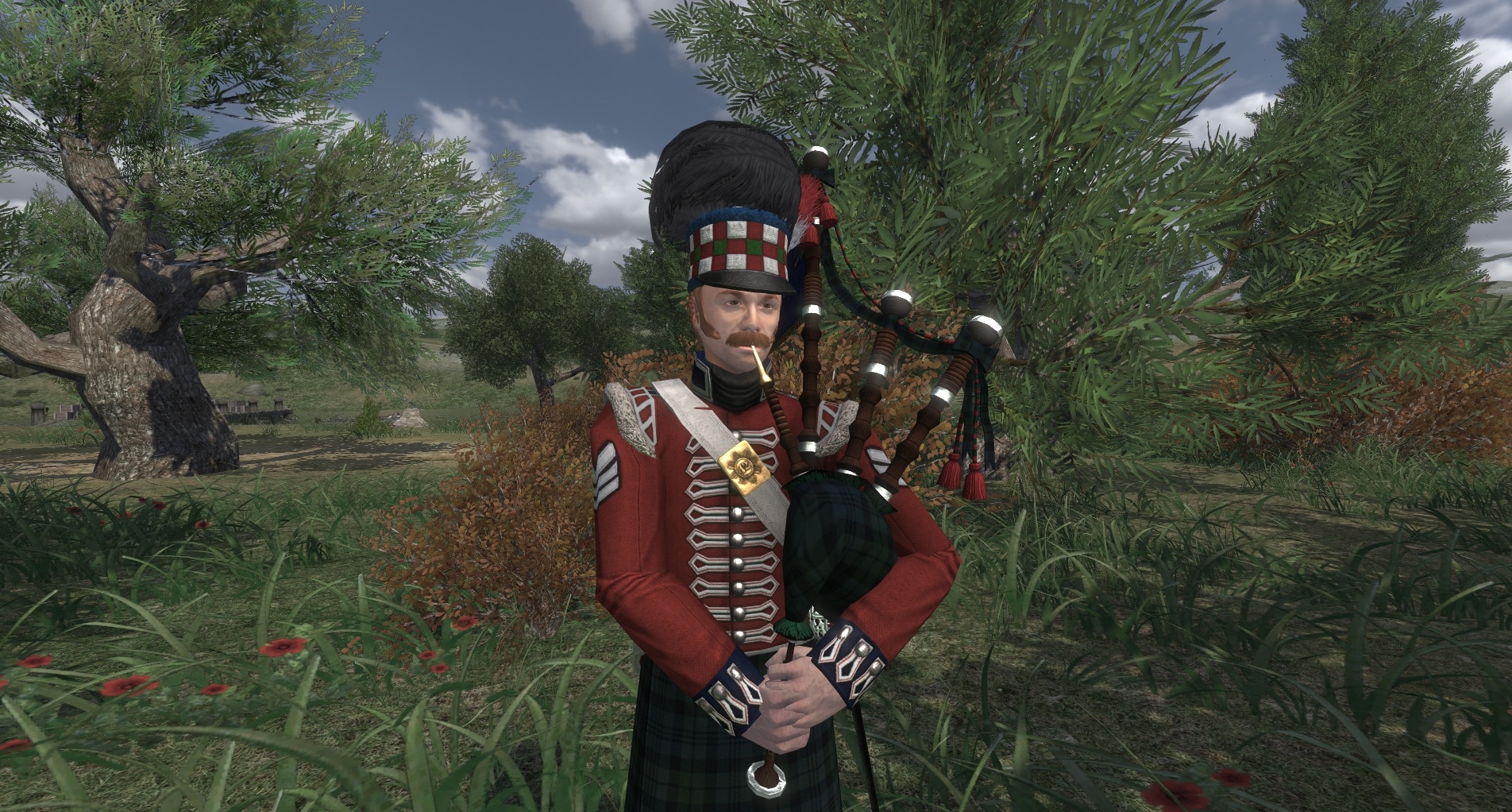
Cornettists
Usually these light instruments would be in the hands of members of light infantry regiments or in the hands of skirmisher units. Their tone of course was a little bit more squeaky than that of the other instruments in the military at that time which could occasionally cause laughter.
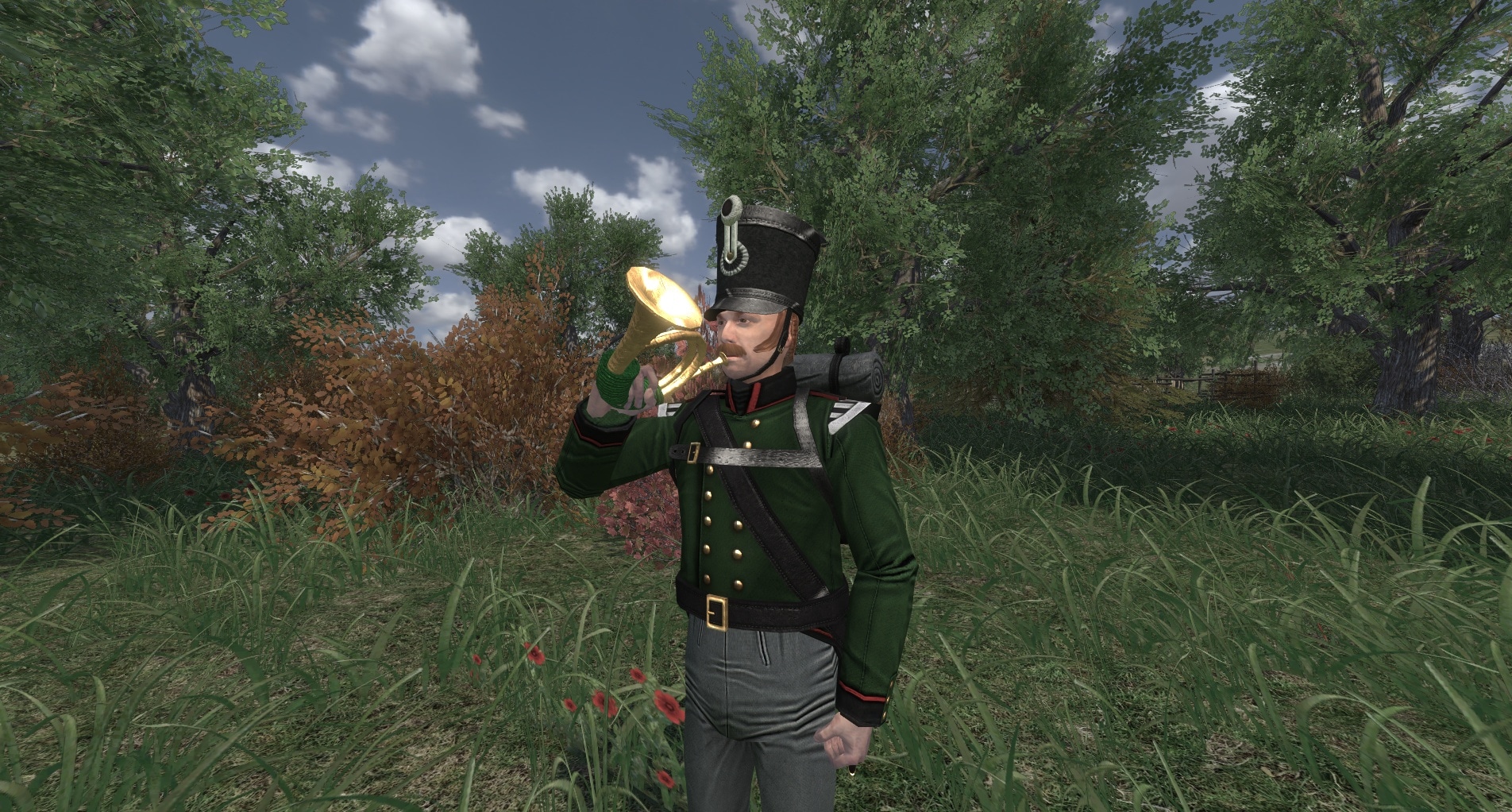
Buglers/trumpetters
These men are cavalry based musicians and there were in some armies one per company while some had two per company. Though they were cavalry they still had the same purpose musicians on foot, to call out their commanders orders through a much louder tune.
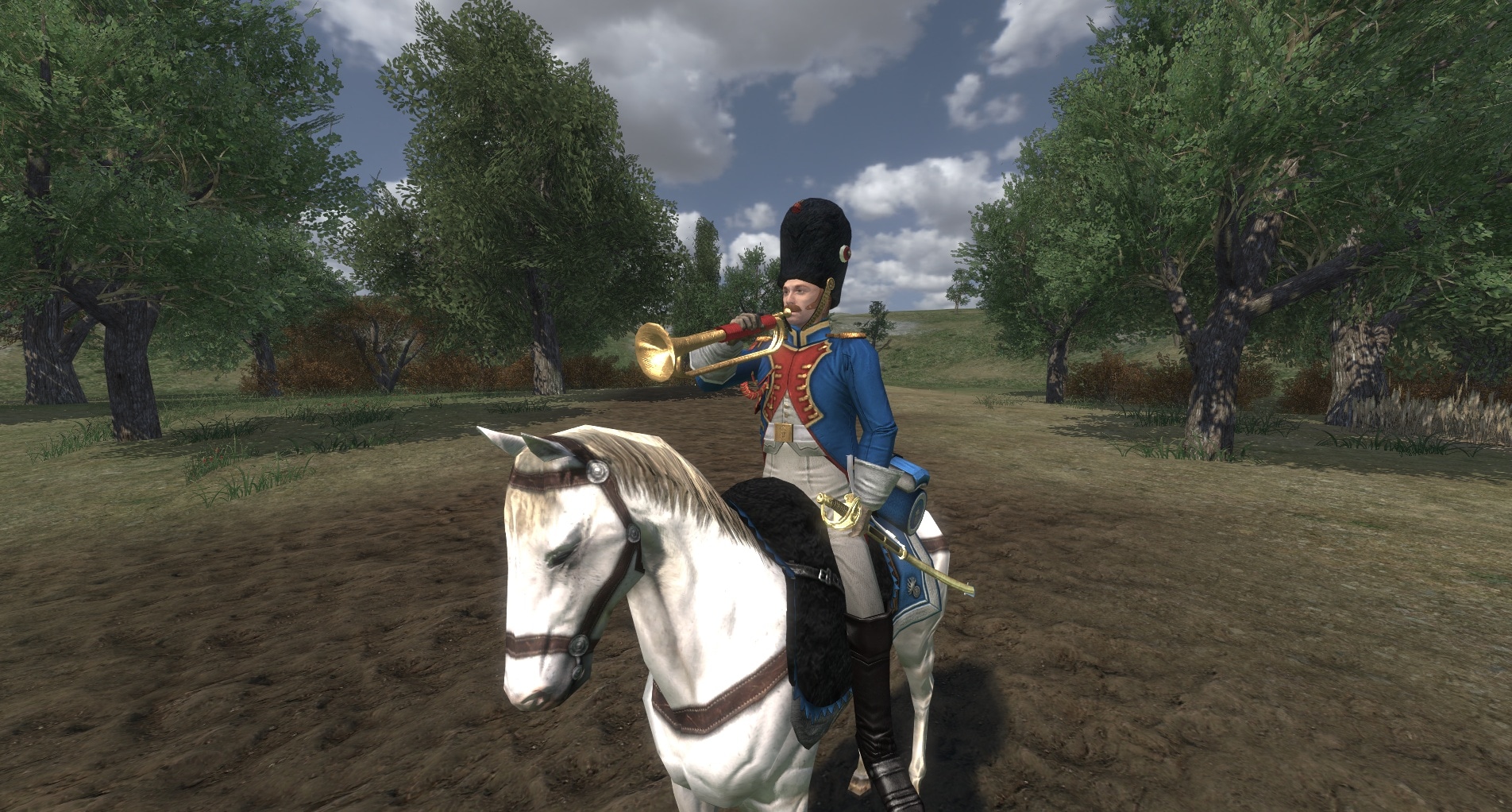
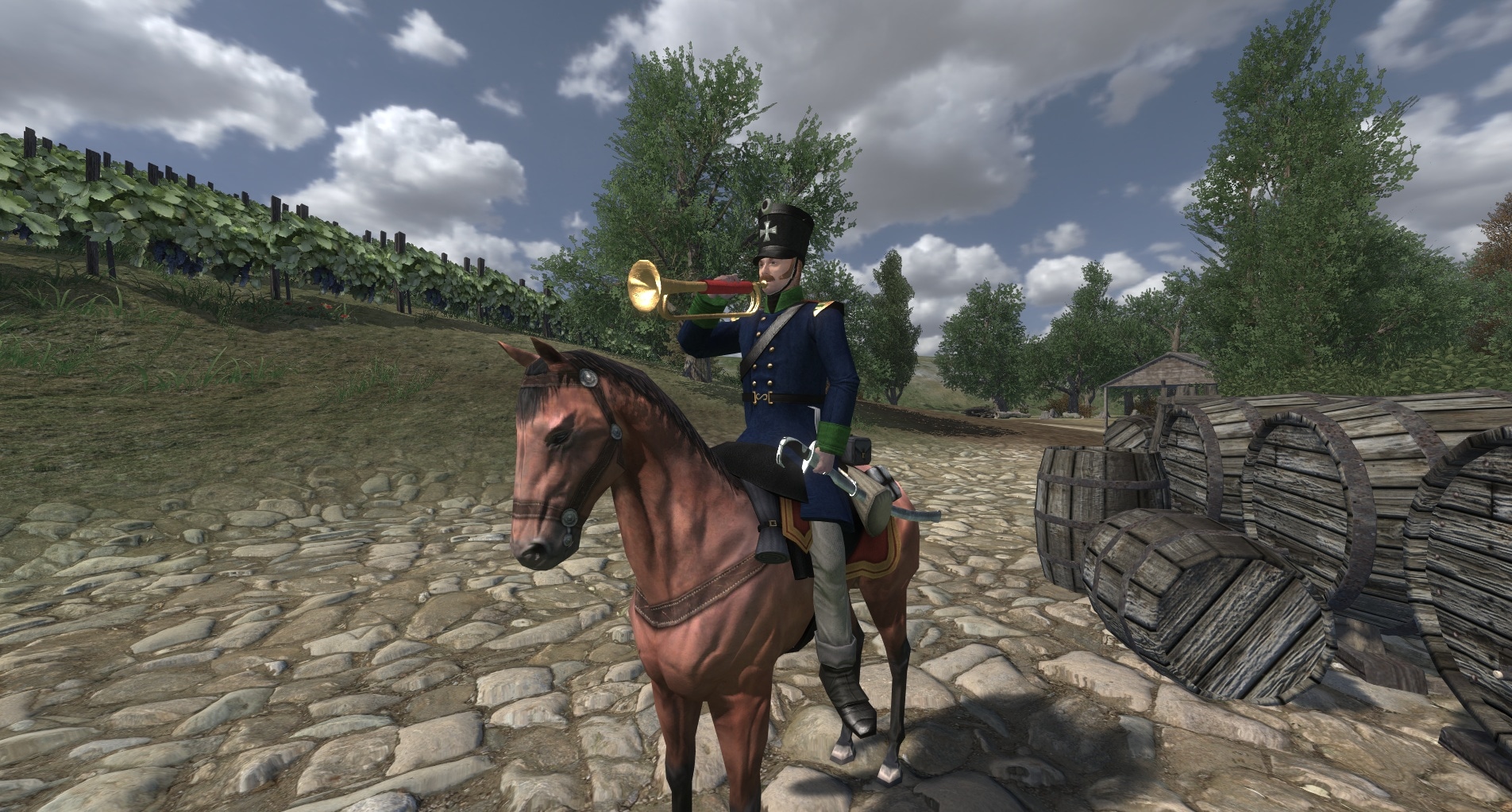
Also, Diplex has done a new Q&A with me in two parts:
Part one: http://www.youtube.com/watch?v=Qn5Bzy0l48I
Part two: http://www.youtube.com/watch?v=-PDEfN1yE70
And I'm pleased to announce;
Release is 19th of April!
Stay tuned for the next sneak peek!

Sneek Peek 6.
Introducing Riflemen and Skirmishers.
Skirmishers were being used by essentially every nation during the Napoleonic Wars. Their weaponry varied because some of the nations used rifles whereas others used muskets. The advantage of the rifle was that it was more accurate, but took longer to reload. The musket was able to reload quicker, but was less accurate. The equipment varied but tactics and jobs for skirmishers remained similar no matter which country they fought for. The tactics the skirmishers used was to be in loose order and to the use the terrain for protection. The jobs that the skirmishers had were to scout, screen the line, and harass the enemy. These men were considered elite in some armies and given prestigious positions in the line if in formation.
the 95th Regiment of Foot.
The 95th Rifle Corps officially came into the lines of the army in 1802. Their uniform was dark green jacket as well as pantaloons, and were armed with the Baker rifle. The 95th fought in Hanover, South America, Sweden, Denmark, Portugal, and Spain. They distinguished themselves several times; By firing the first shot of the Peninsular War and by also holding back an entire French Division with just a company of men losing 14 men and killing over 200 as well as several other heroic deeds.
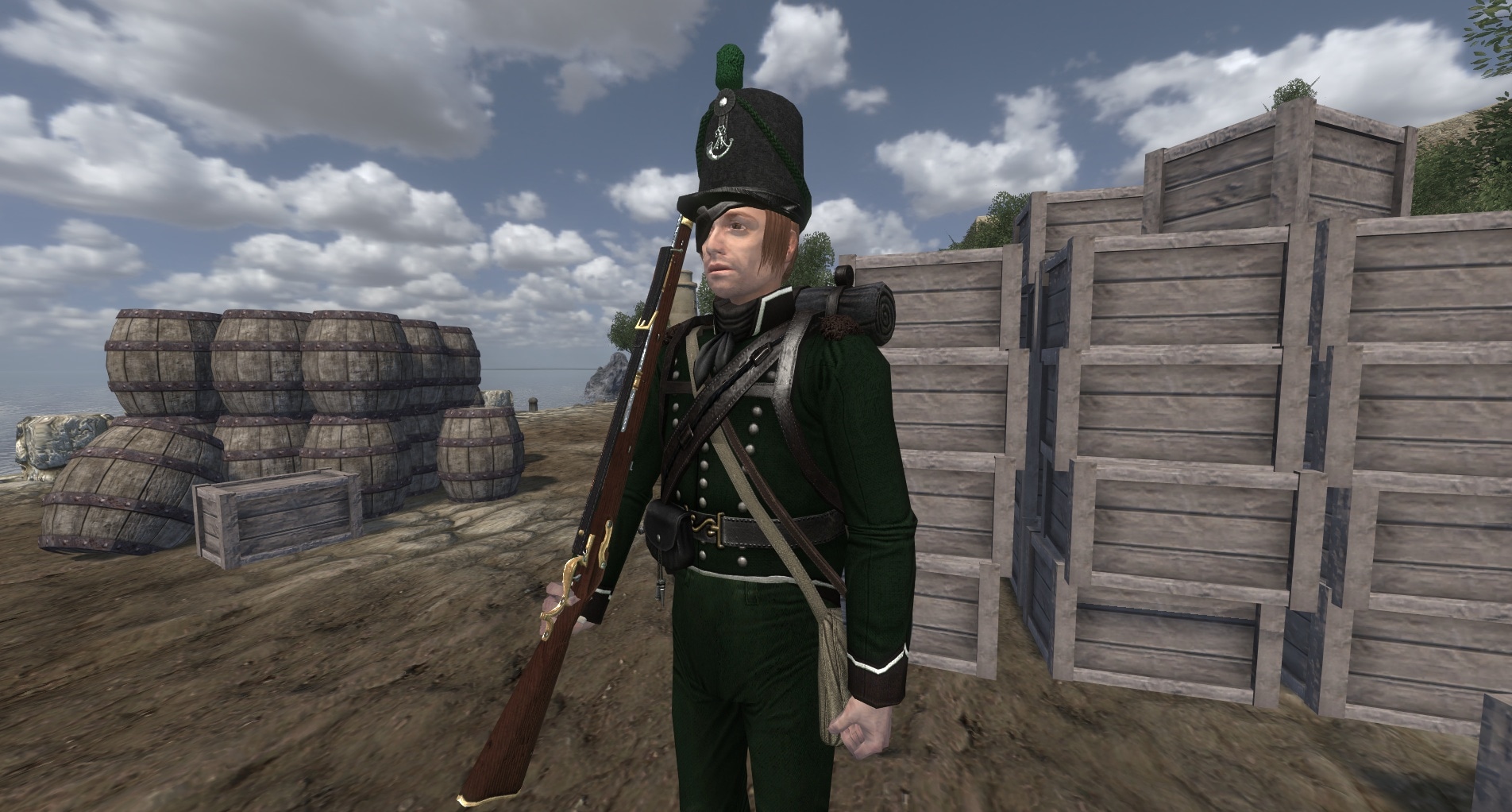
15éme Regiment d'Infanterie Légère.
In 1803 Napoleon created the voltigeurs, which were French skirmisher units. These men were viewed as elite and offered the second most prestigious position in formation which was the left of the line. The voltigeurs were were usually shorter men to be used for skirmishing, scouting and even some urban combat. At the battle of Mohrungen while these troops were being charged by cavalry they rallied and then fired when the cavalry got closer killing their officer and effectively making the cavalry fall back.
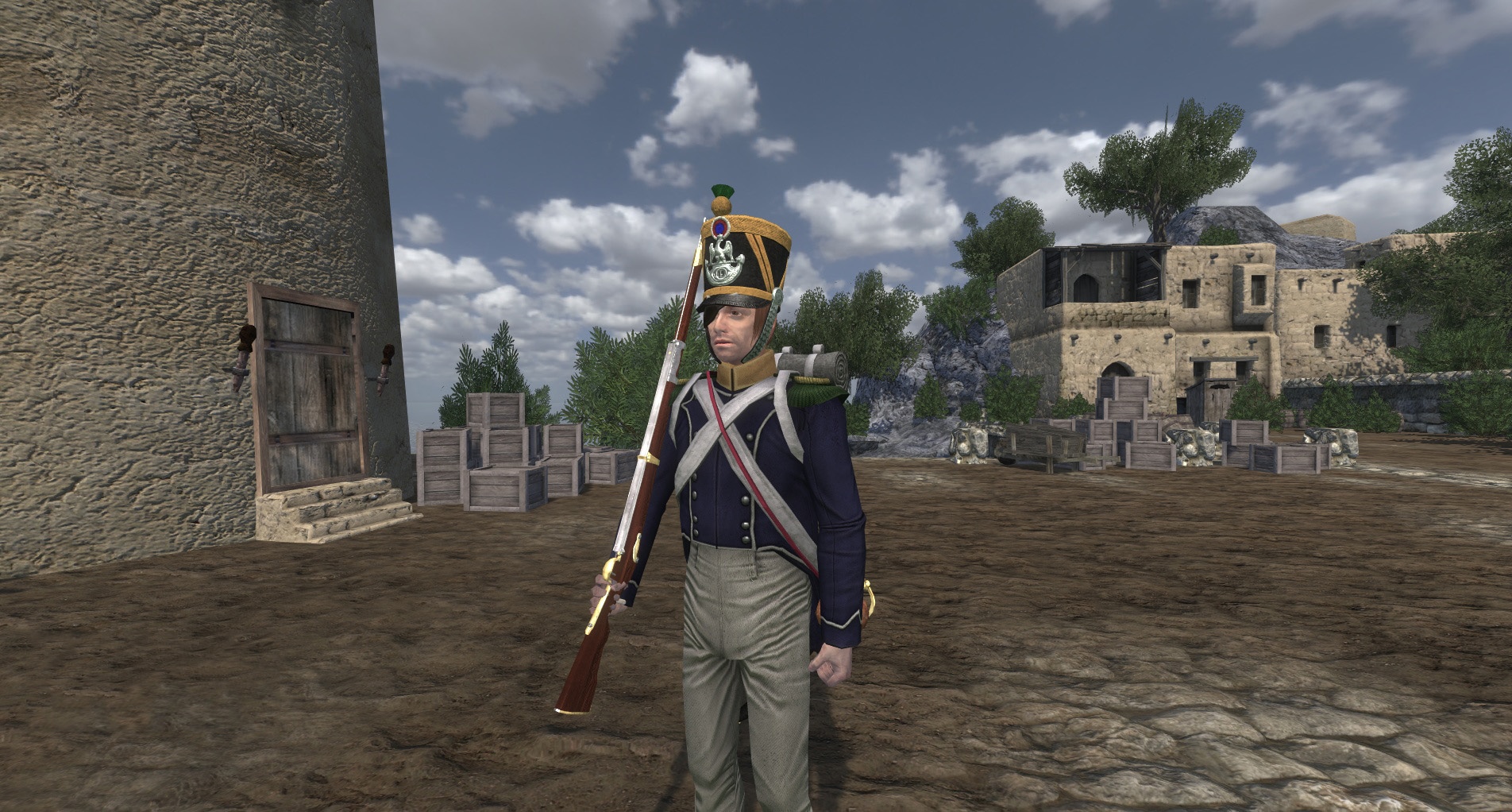
Schlesische Schutzen
The Schlesische Schutzen markesmen and were inteded to fight as Jägers. There was only one battalion of Schlesische Schutzen until 1814 when another battalion was formed. It was recorded in 1814 at Vauchamps that 240 Schlesische Schutzen charged lancers with bayonets because the lancers blocked their escape from the battlefield. They were one of the few groups of infantry in the Napoleonic Wars to charge at cavalry.
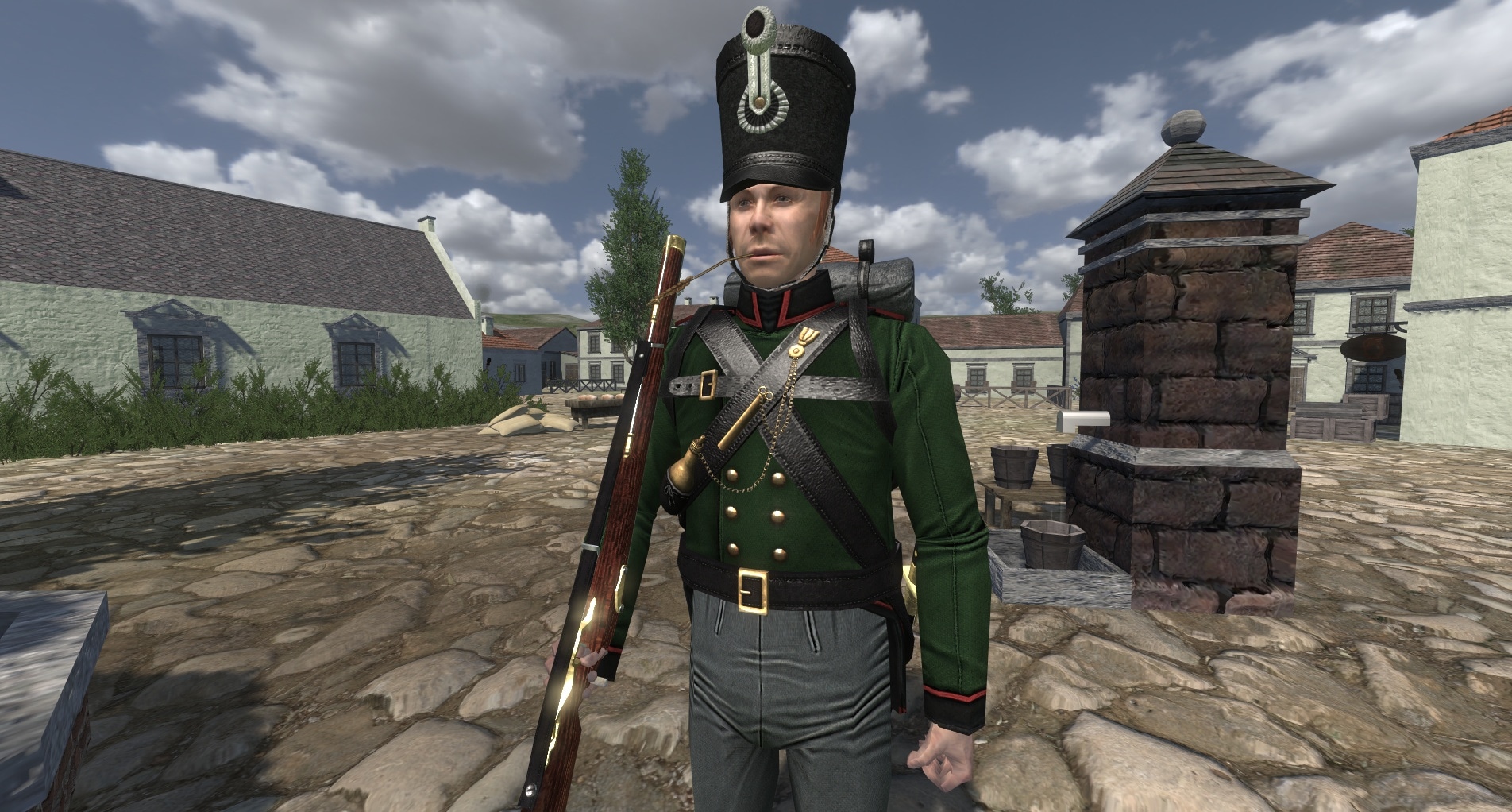
Jaeger Battalion 2
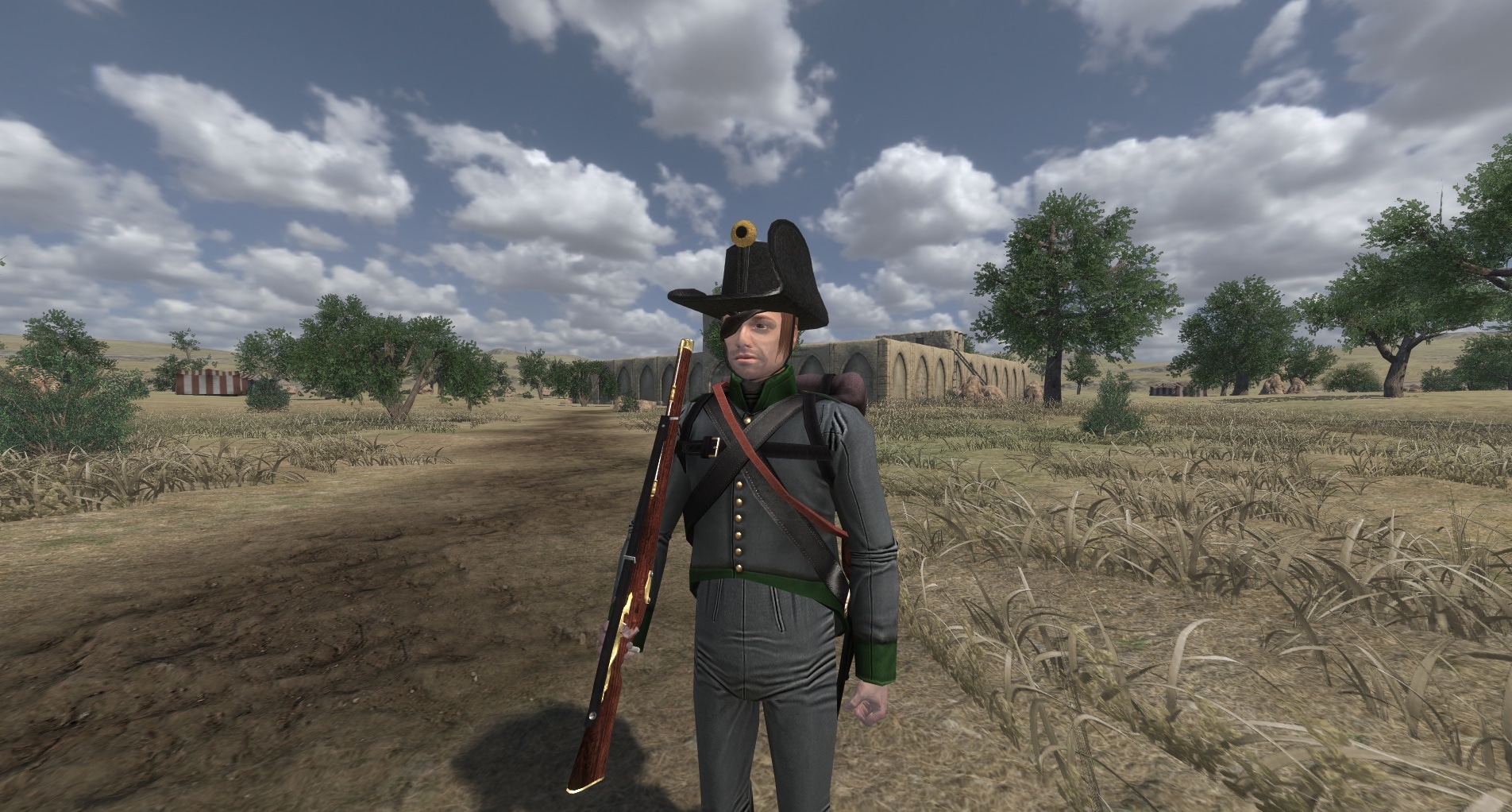
21-y Yegerskiy Polk
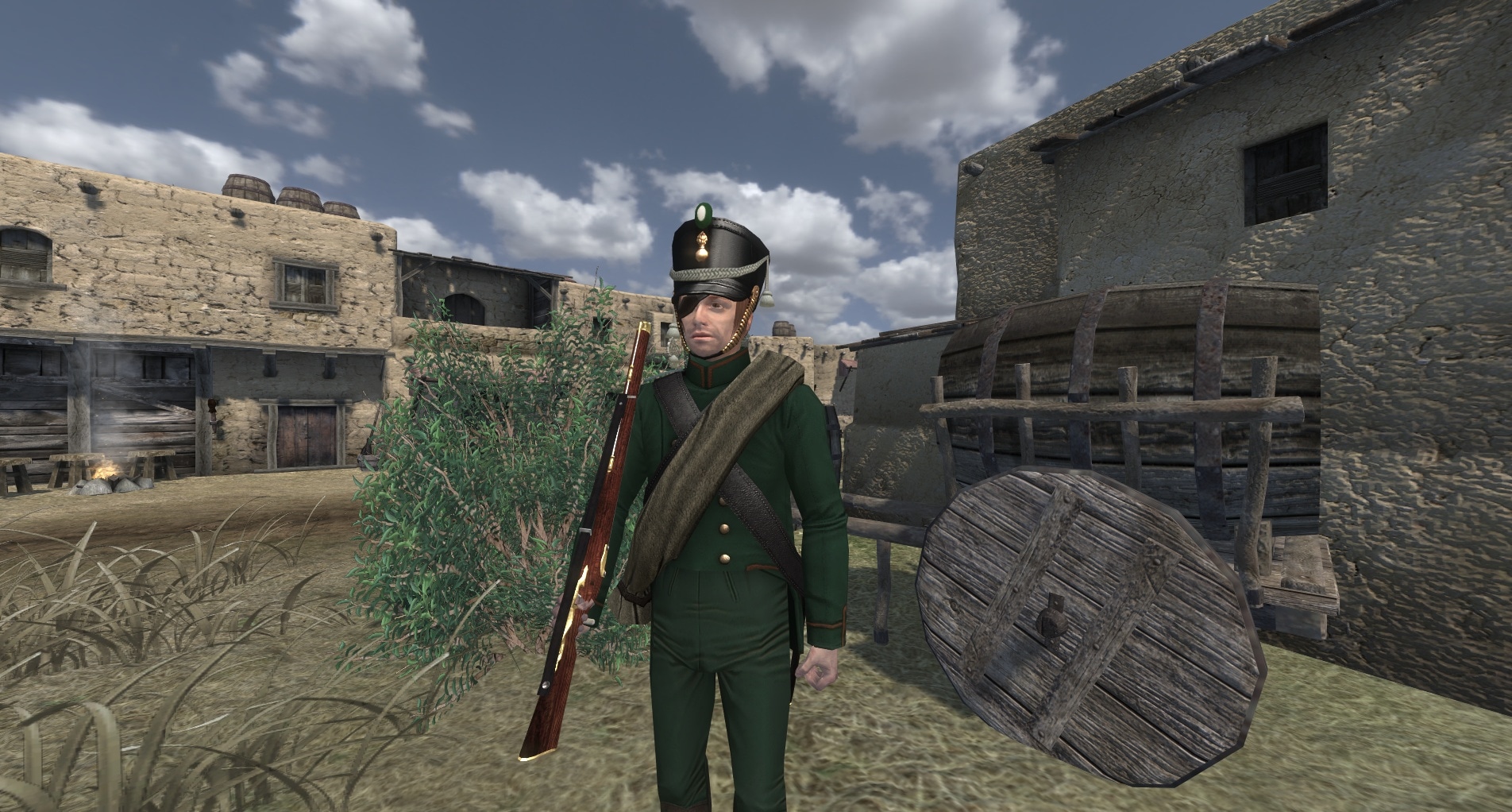
Also take a look at our MODDB page:
http://www.moddb.com/games/mountblade-warband-napoleonic-wars
Stay tuned for the next sneak peek!

Sneek Peek 5
Introducing Maps
Hougomont
At Waterloo there were several strategic areas which were held strongly by those who defended them. Hougoumont was one of these strongholds, and at 11:30am on the 18th of June 1815 the few soldiers inside were tested. Inside the compound were German soldiers and detachments of British Guards which fired continuously onto the 6,500 French troops which were ordered to attack the farm. Throughout the battle Napoleon kept sending more men to take the strategic point which eventually amounted to 14,000 soldiers. Hougoumont was also fired upon by French artillery under the direct orders of Napoleon, and the destruction reached all but the chapel. The British managed to hold Hougoumont even when they were under constant assault and artillery fire.
Quatre Bras
The Battle of Quatre Bras was a seven hour battle with French named as the victor against the Coalition forces. The French lost 4,000 men whereas the Coalition lost 4,800, however the battle caused the Prussians to receive little aid at the Battle of Ligny. Both defeats caused the Prussian and Anglo-allied forces to retreat in different directions, but eventually met up again two days later at the Battle of Waterloo.
Paris
Slovenian Village
Spanish Village
Introducing Siege
Siege will be a dynamic game-mode, with the big forts, artillery, destruction....
Capturing a fort has never been so glorious.
Fort Willsbridge
Stay tuned for the next sneak peek!

The next few unit screenshots only show the rankers, each regiment has 4-5 different ranks. Ranks are: Ranker, Ensign, Officer, Fifer, Musician, Piper, Bugler/Trumpeter.
Sneek Peek 4
Introducing French Curassiers
The Cuirassiers first started to appear in the later years of the 15th century. In the beginning of the Napoleonic Wars France began with one armoured regiment; however was increased to sixteen by Napoleon through the wars. The armour of the Cuirassier could only deflect shots fired at long distance and from ricochets. In the close up fighting the cuirassier had protection from swords, lances, and bayonets. The steel offered not only protection and weight into a charge, but also psychological effects to the person who wore it. The armour would allow this cavalryman to take more risk and jump into the thick of fighting as well as making the soldier more intimidating. The heavily armoured French Cuirassiers were the ultimate shock weapon; they were usually concentrated in reserve until probing attacks discovered the enemy's weak point. They would then charge in mass at this point to break the enemy's line. The mere sight of such a deadly mass of armoured horsemen was often sufficient to break all but the steadiest of infantry.
9eme Regiment De Cuirassiers
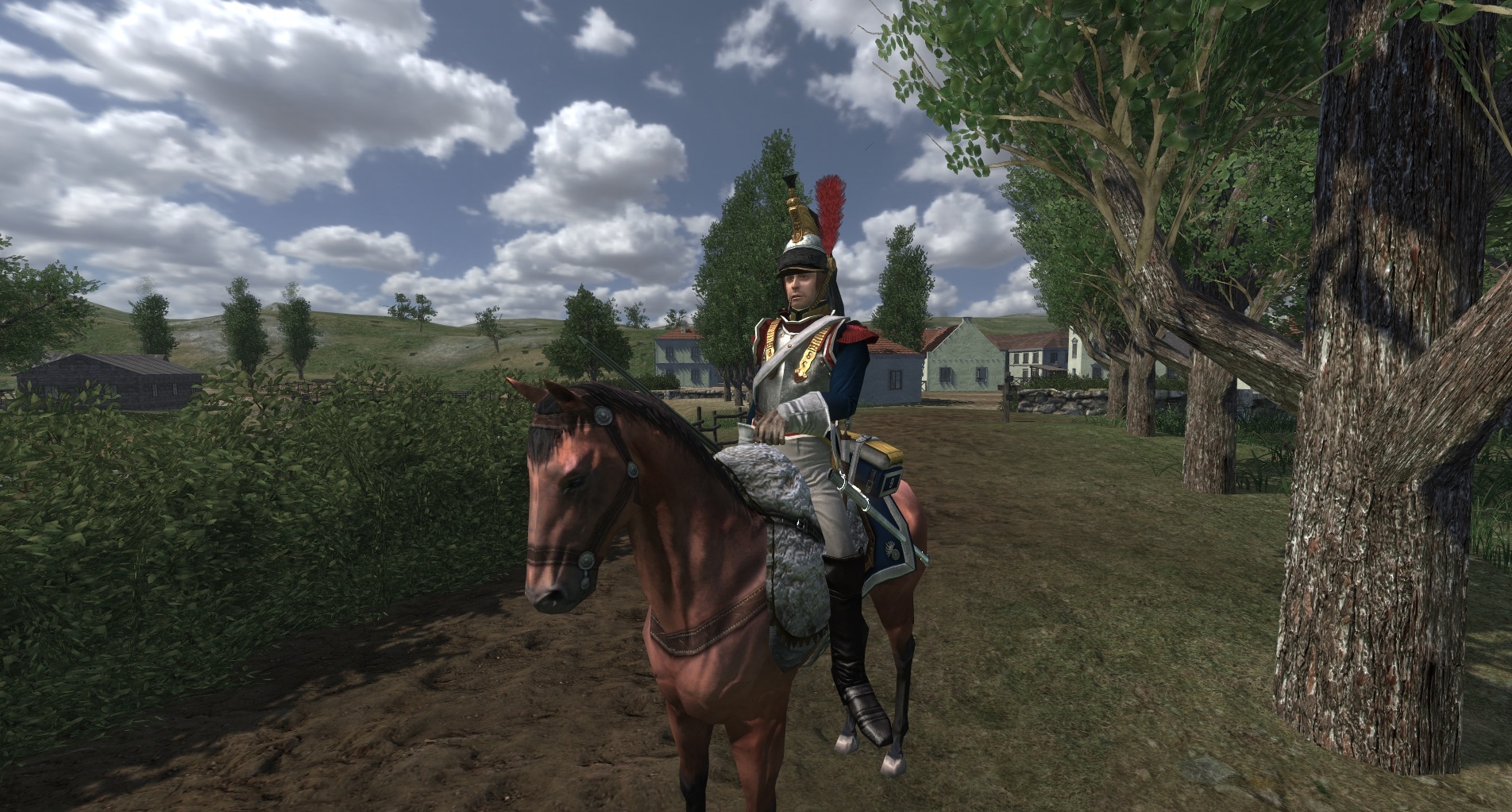
Introducing Hussars
Hussars were a form of light cavalry dating back from the 14th century. They were skilled swordsmen on fast horses.
During the Napoleonic Wars hussars were an important role in any battle and campaign. They could be used for scouting as well as quick skirmish charges.
All major super powers in the Napoleonic Wars had hussars. United Kingdom first raised hussars in 1806, replacing the old heavy dragoons.
Napoleon once said that he would be surprised to see a hussar live beyond the age of 30, due to their recklessness in battle.
Hussars variated from different colours of uniforms. Sometimes, from a distance it was hard to tell a friendly hussar regiment from a foe.
Leib-Husaren-Regiment (Totenkopfhusaren)
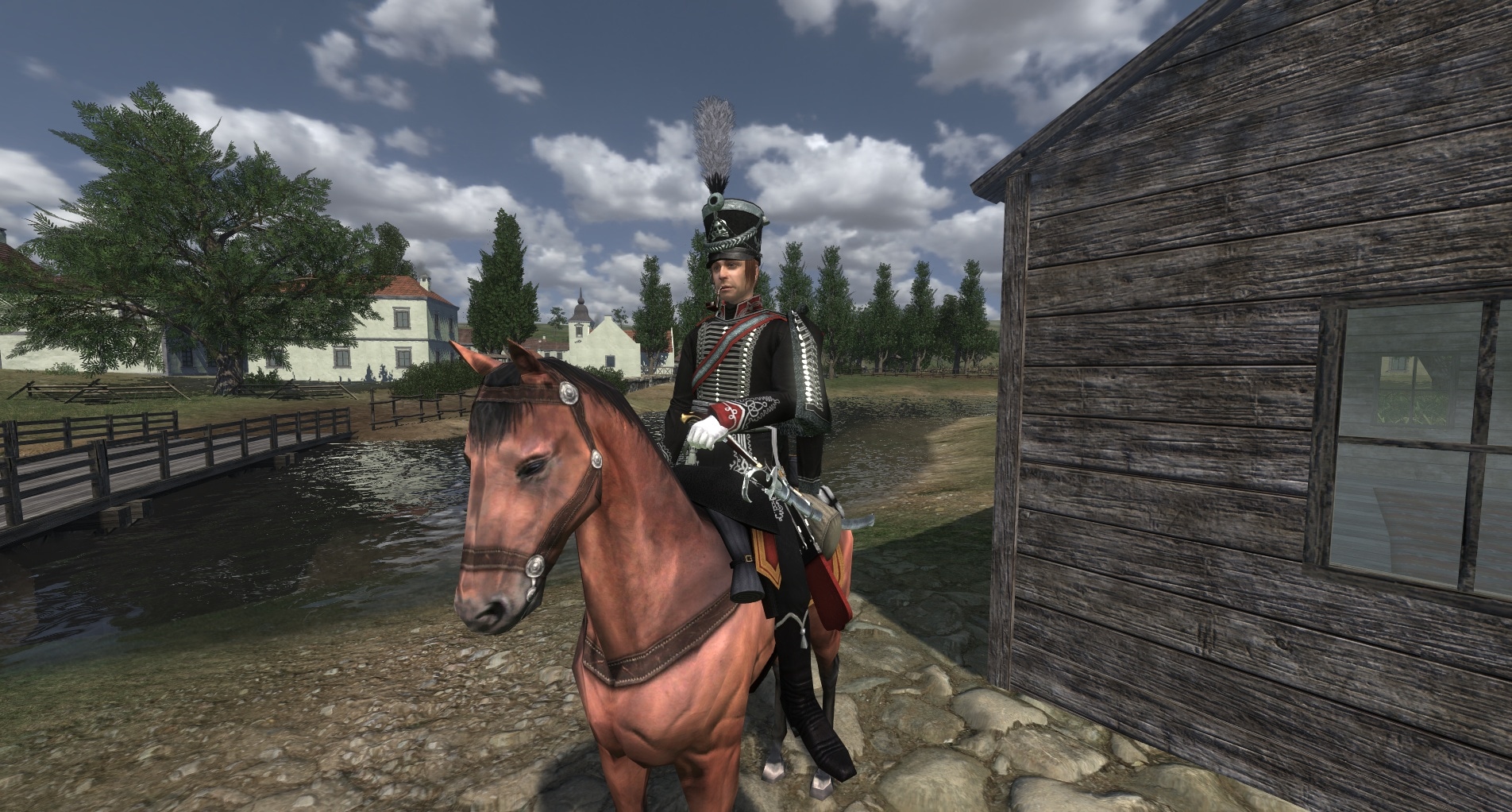
Sumskoy Gusarskiy Polk
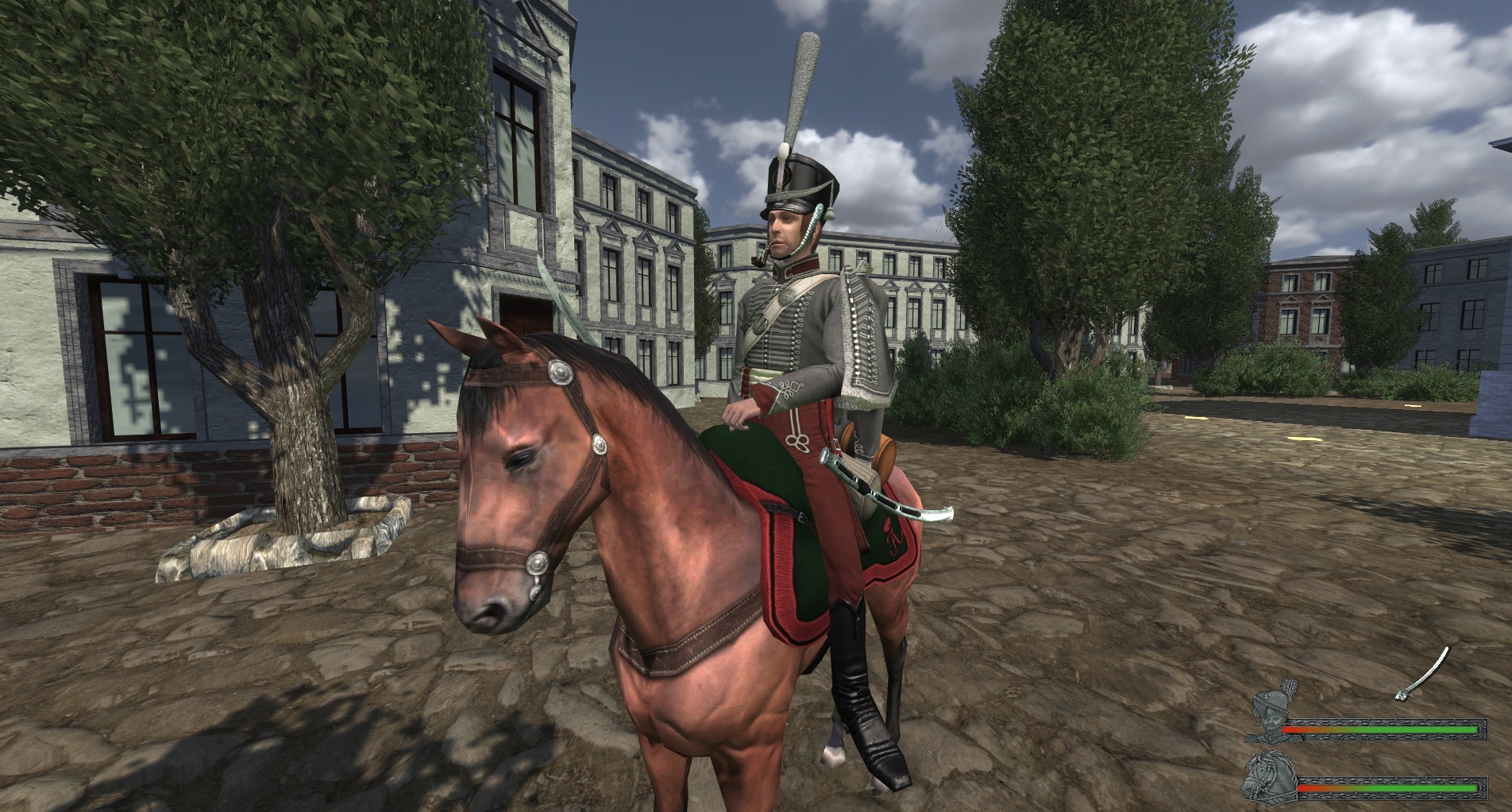
Husar Regiment Graf von Hessen-Homburg Nr. 4
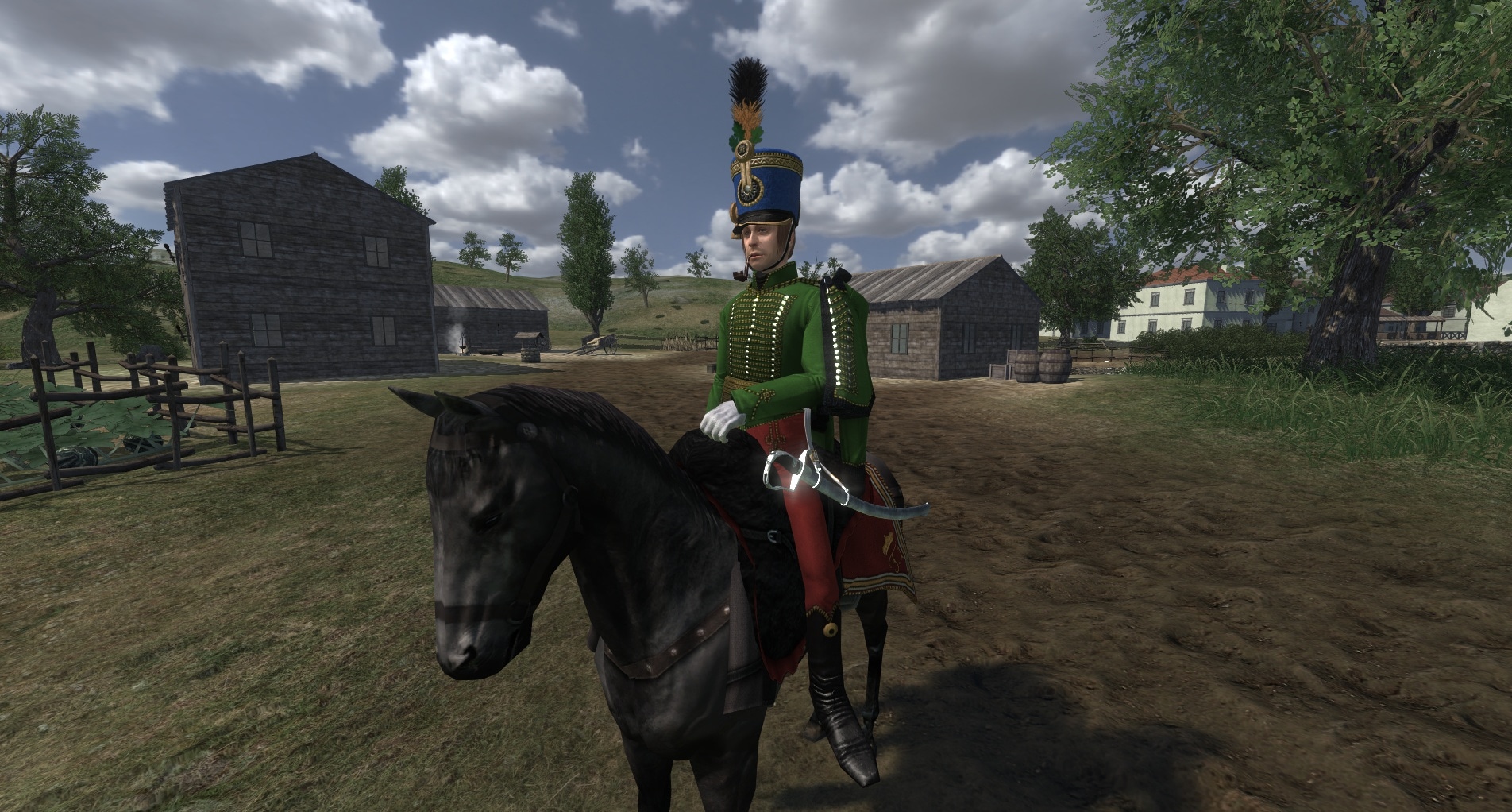
Introducing British Light Dragoons
In the middle of the 18th century the light dragoons were raised to perform
reconaissance and patrolling. In combat, however, these cavalrymen were ordered to charge, harass, and skirmish the enemies flanks and front. These light dragoons were seen all over the world and gained a reputation for being courageous as well as their swift charging ability. The British light dragoons at Waterloo consisted of 895 men and 775 horses which initially saw little action. The French advanced to force the British away and the light dragoon brigade were told to charge. Their charge pushed back the French and they pursued until enemy cavalry on their flank was seen a threat, they then fell back behind their infantry for safety.
23rd Light Dragoons
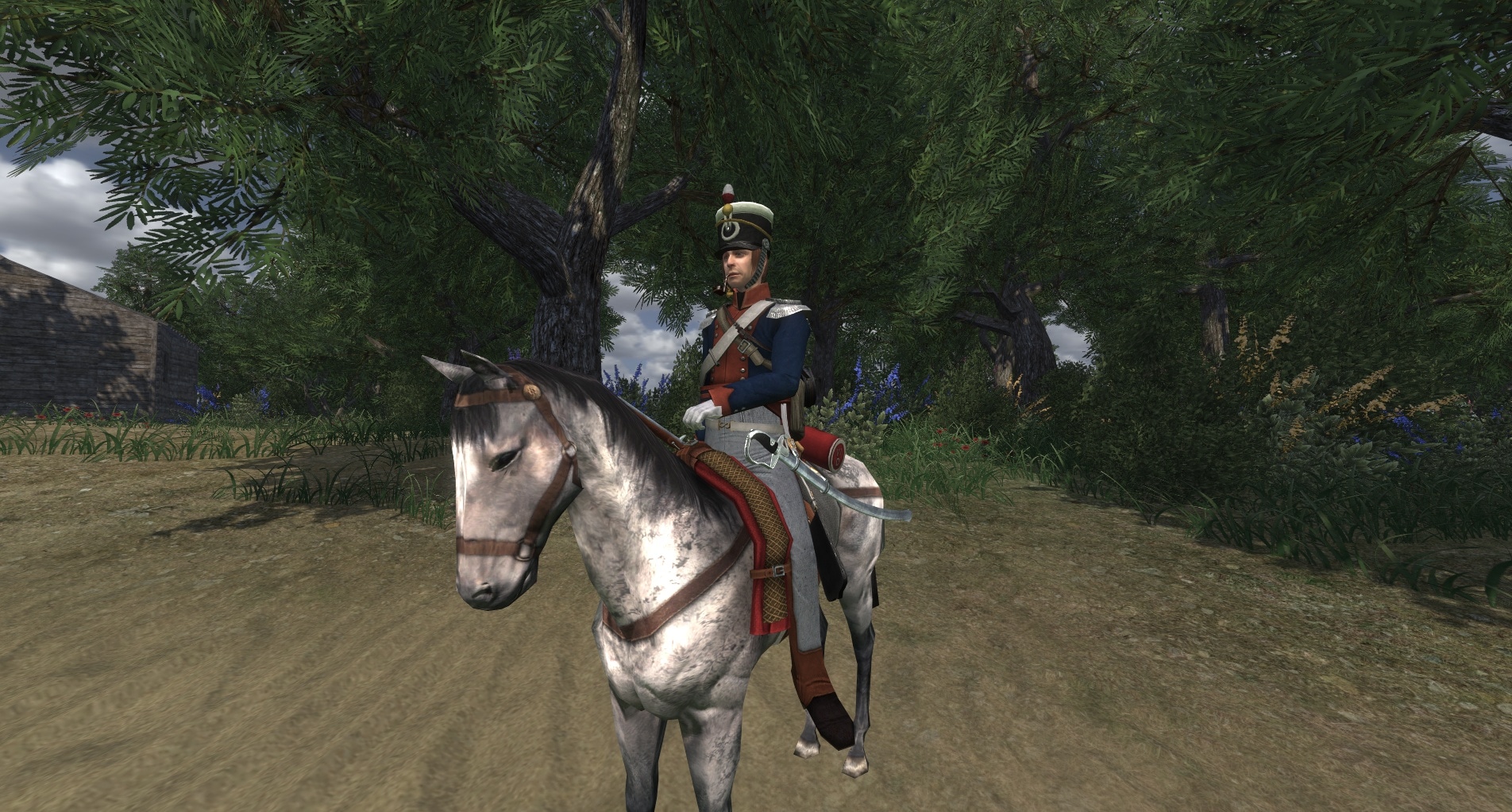
Stay tuned for the next sneak peek!

Sneek Peek 3
Introducing Sappers/Pioneers.
Sappers are the engineers of the Napoleonic era. Sappers can use hammers to build items by clicking RMB (by default) when the hammer tool is selected. Provided there are enough build points the sapper can build anything from planks, to sandbag fortifications and even plant explosive boxes. After an item has been built/placed, it must be constructed with the relevant tool. For example a wooden structure may require the sapper to hit it with the hammer repeatedly until fully assembled, while a dirt mound may require the sapper to hit it repeatedly with his shovel. A progress bar should report the status of completion with each hit.
French Sapper
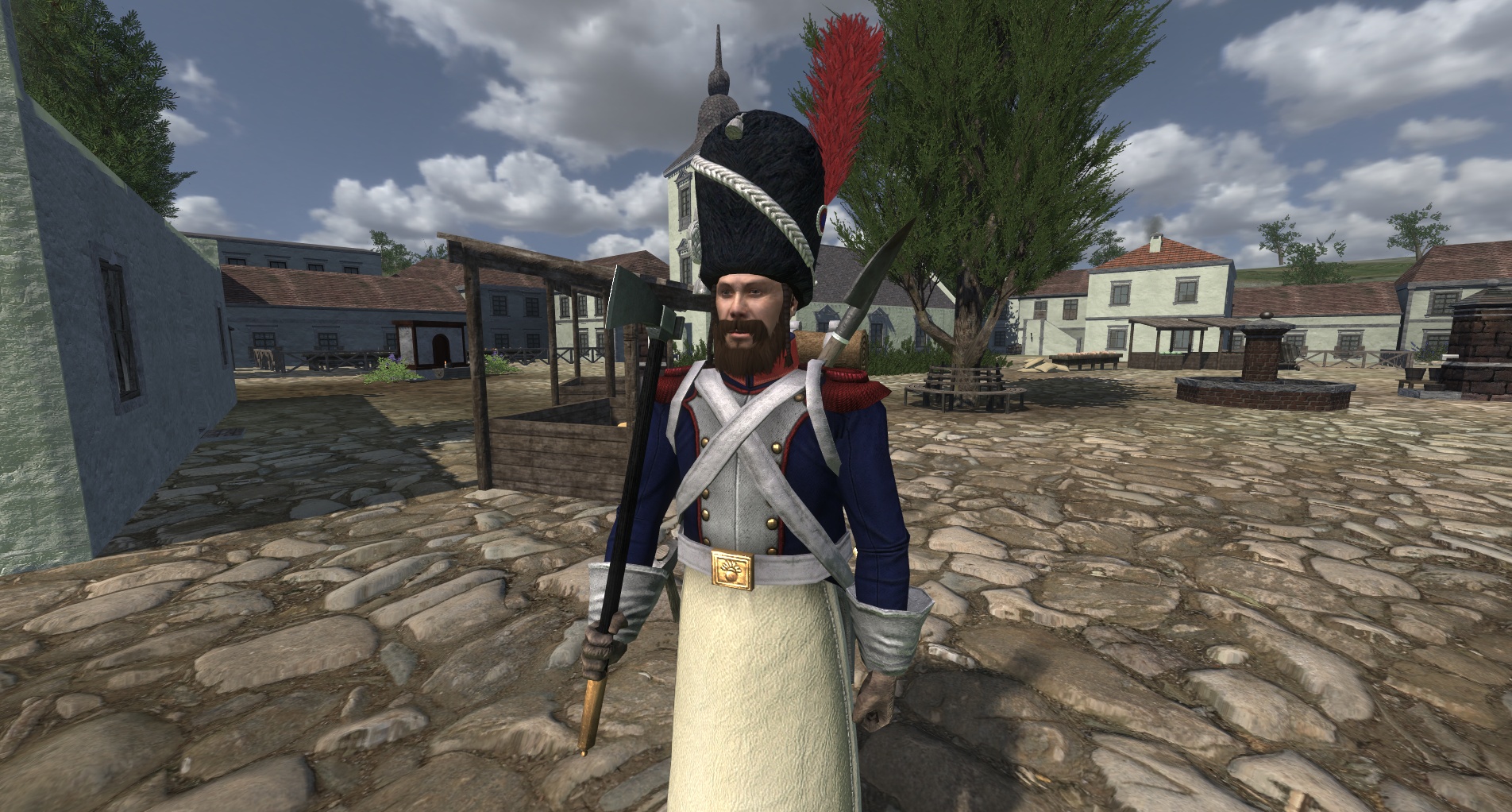
Prussian Sapper
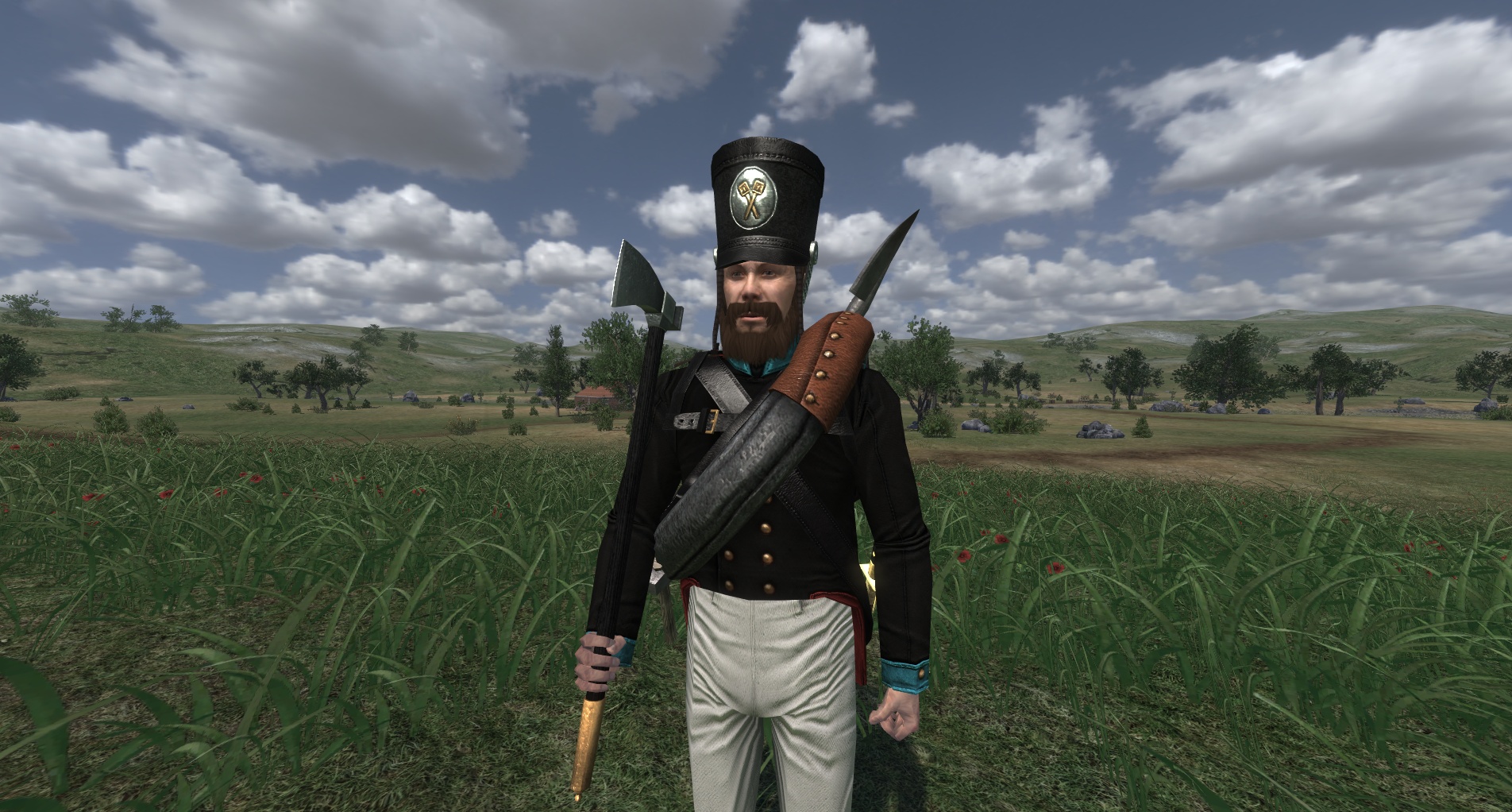
British Sapper
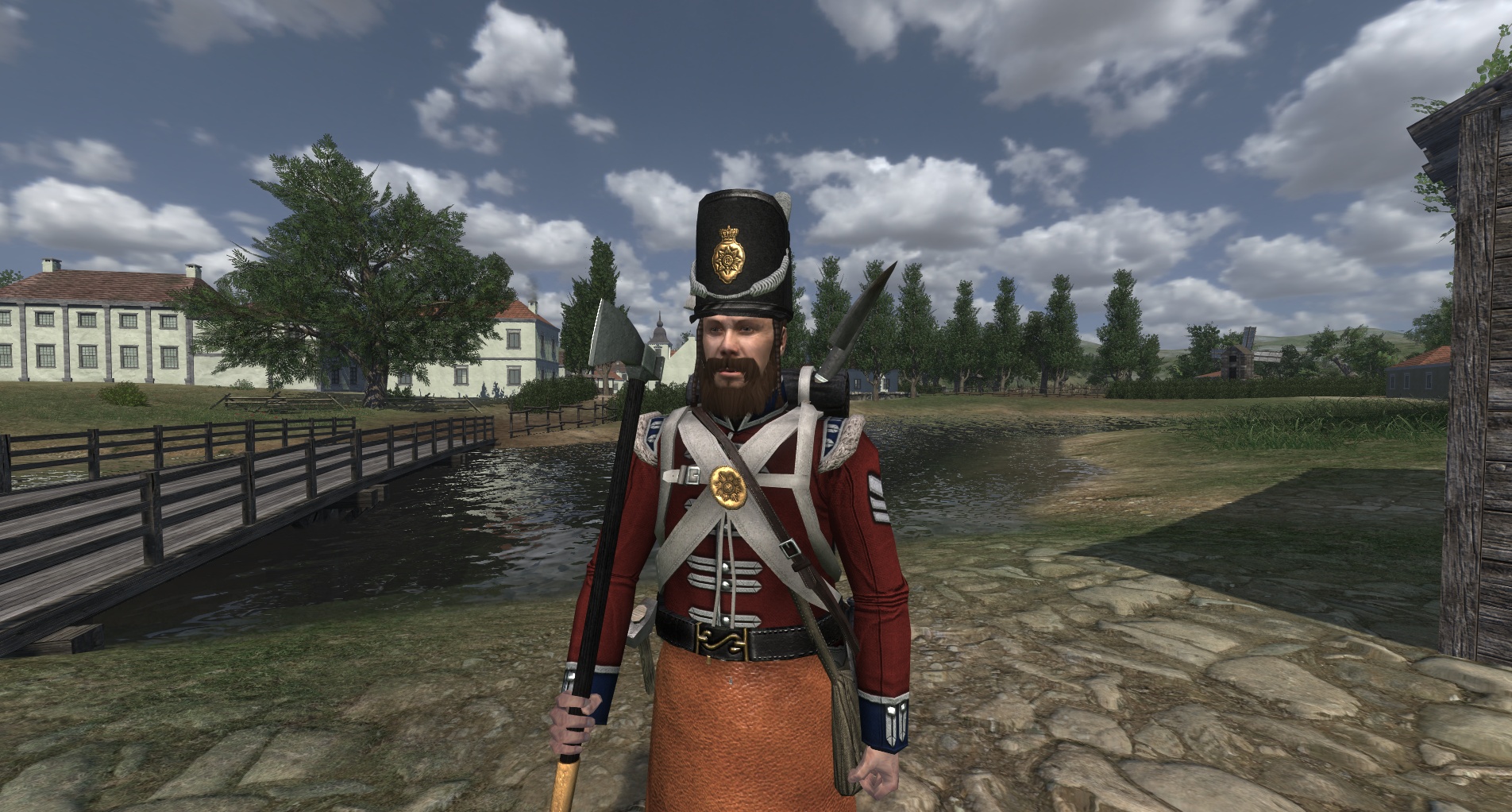
Austrian Sapper
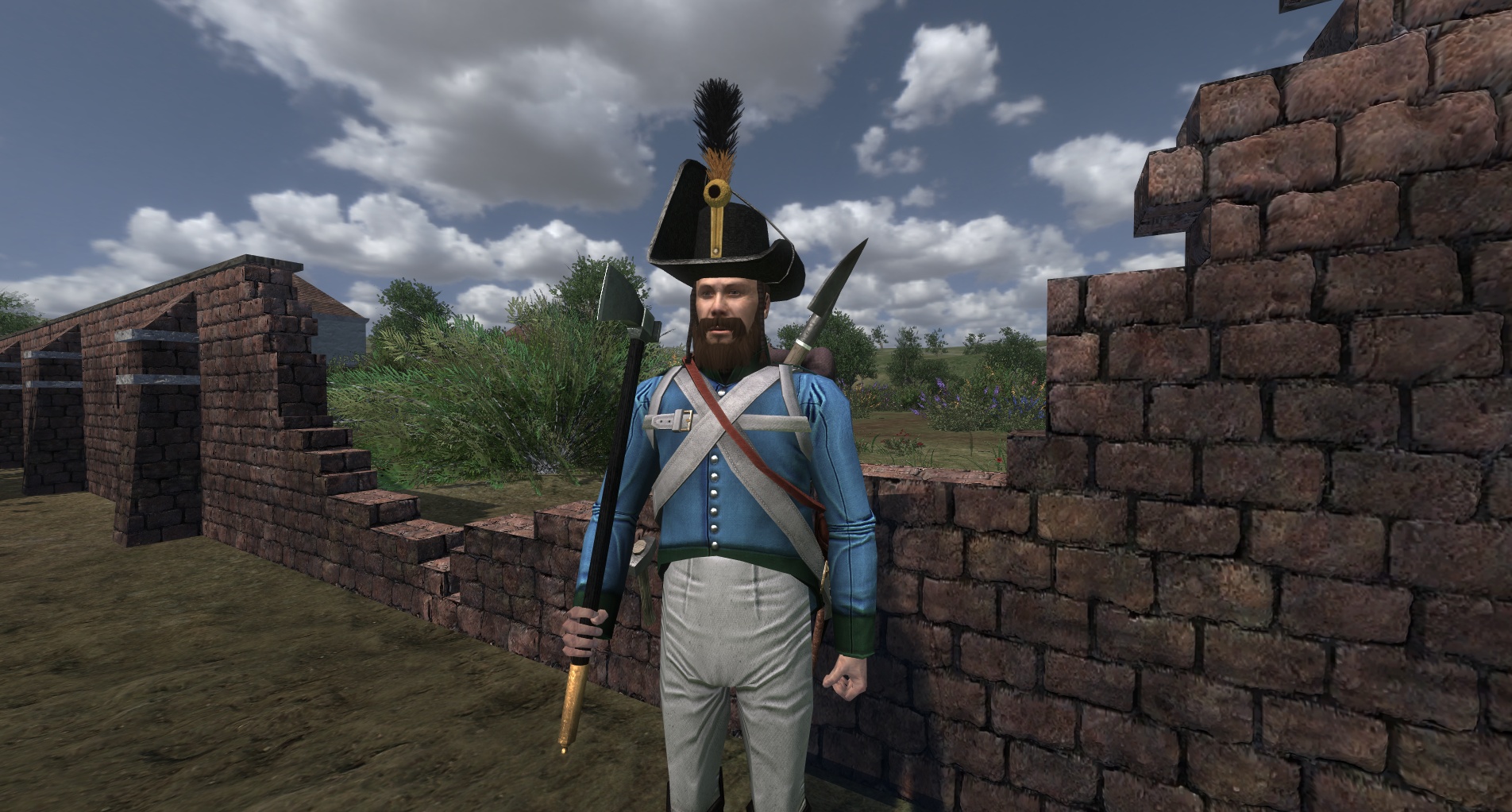
Russian Sapper
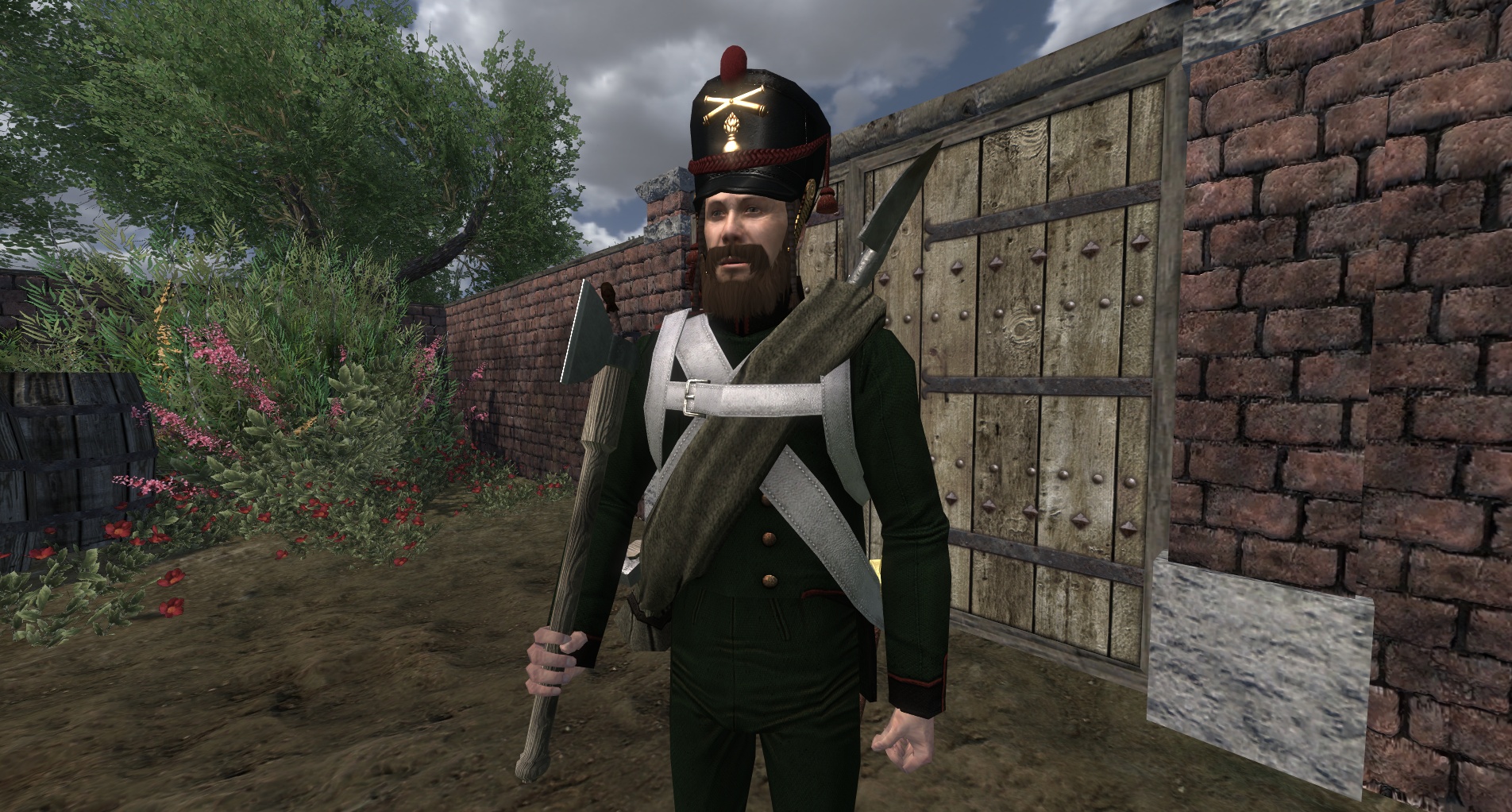
Construction selection screen
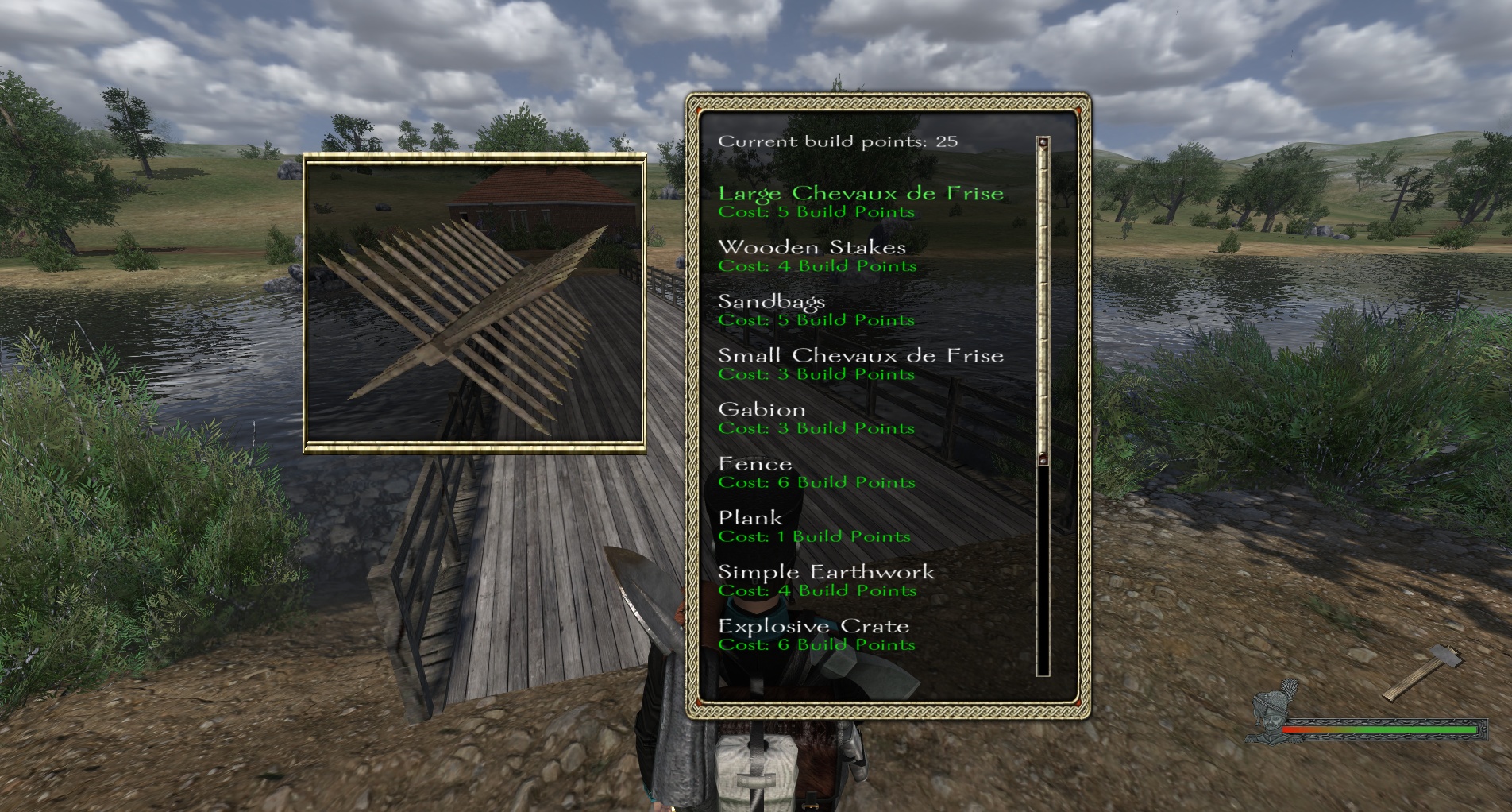
Sapper building a construction
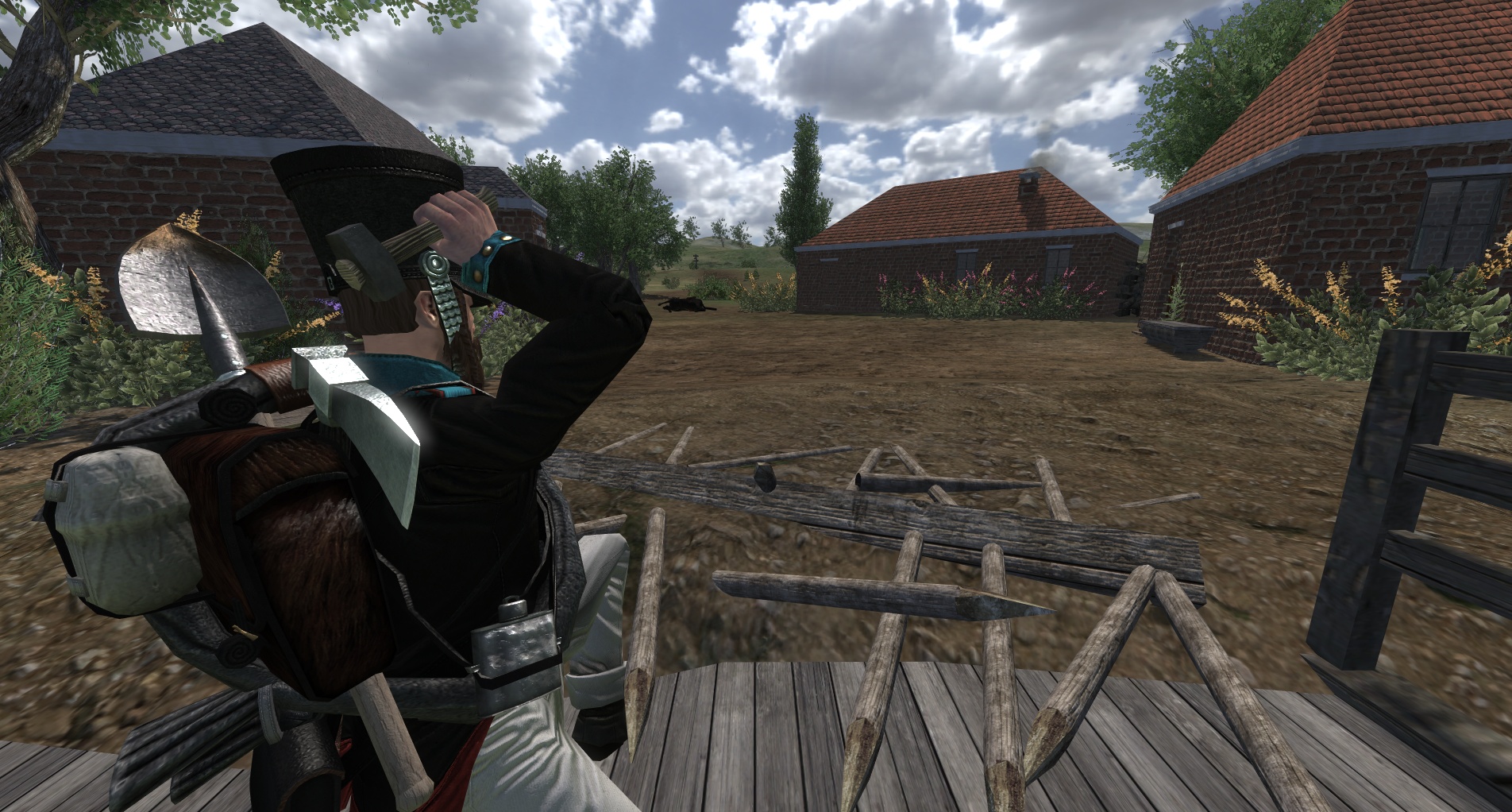
Also Included this week:
Mount & Blade: Warband - Napoleonic Wars Beta - Dev Commentary part 2
http://youtu.be/GqCwZDSo31o
Stay tuned for the next sneak peek!

Sneek Peek 2.
Introducing The 1er Regiment de Grenadiers-à-Pied de la Garde Impériale.
Grenadiers were the elite of the line infantry and the veteran shock troops of the Napoleonic infantry. Newly formed battalions did not have a Grenadier company; rather, Napoleon ordered that after two campaigns, several of the strongest, bravest and tallest fusiliers were to be promoted to the Grenadier company, so each line battalion which had seen more than two campaigns had one company of Grenadiers.
Regulations required that Grenadiers recruits were to be the tallest, most fearsome men in the regiments, and all were to have moustaches. To add to this, Grenadiers were initially equipped the a bonnet à poil or bearskin, as well as red epaulettes on their coat. After 1807 regulations stipulated that line Grenadiers were to replace their bearskin with a shako lined red with a red plume; however, many chose to retain their bearskins. In addition to the standard Charleville model 1777 and bayonet, Grenadiers were also equipped with a short sabre. This was to be used for close combat, but most often ended up serving as a tool to cut wood for campfires.
The Grenadier company would usually be situated on the right side of a formation, traditionally the place of greatest honour. During a campaign, Grenadier companies could be detached to form a Grenadier battalion or occasionally a regiment or brigade. These formations would then be used as a shock force or the vanguard for a larger formation.They were one of the oldest and most venerated of regiments in the French Army; classed as the Old Guard.
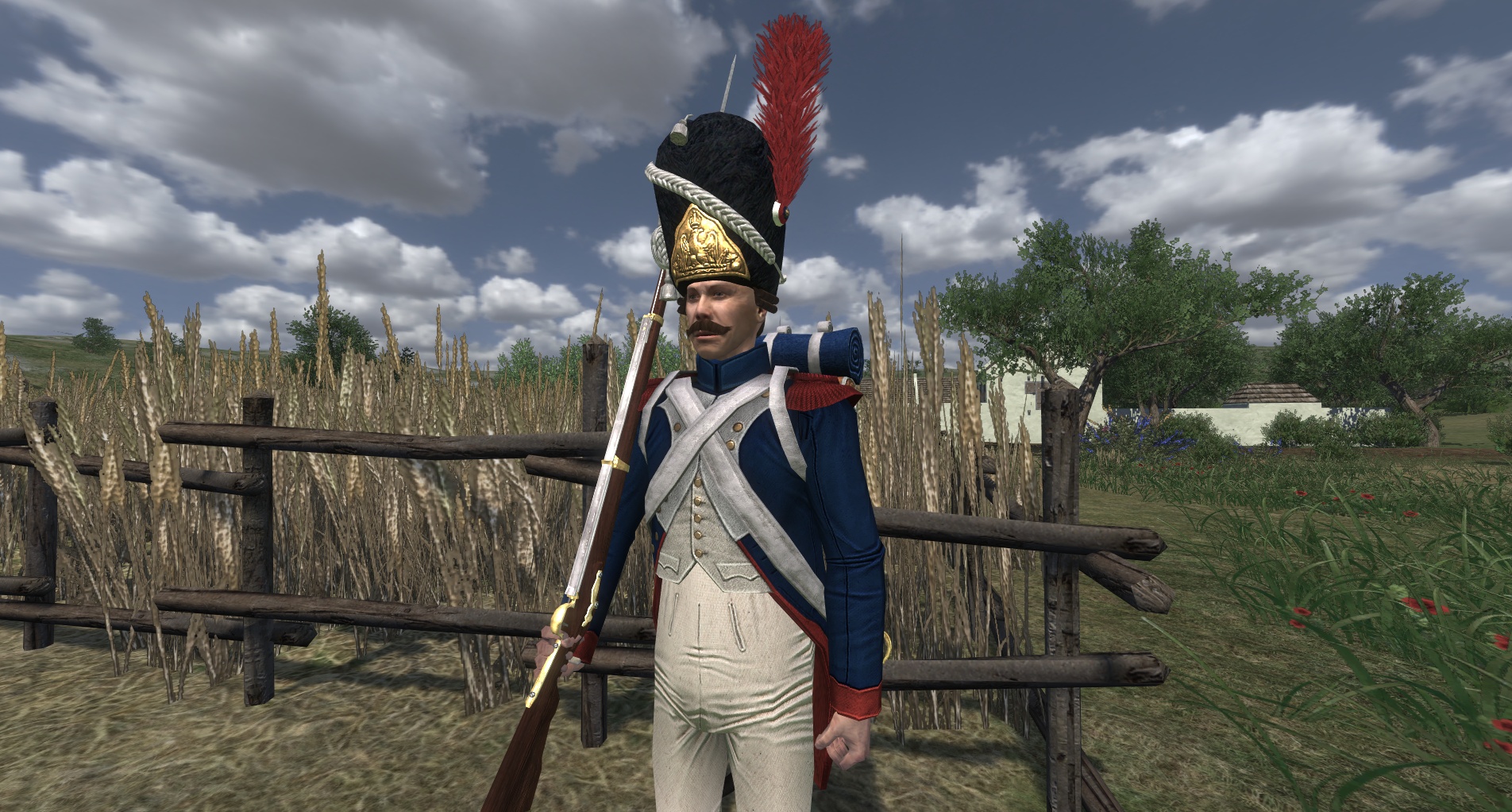
Introducing The 42nd regiment of foot, The Black Watch.
Formed in 1740 from the 43rd Regiment of Foot, it began its active service in America, taking part valiantly in both of the major american conflicts. After performing admirably in both, serving in some of the major clashes of those wars, it took part in the battles against Napoleon both during the peninsular campaign and waterloo. It built up a huge wealth of fame for itself for the rescue of General Sir John Moore, and its heroic fighting abilities underneath Sir Arthur Wellesley. The regiment was one of four mentioned in dispatches after the battle of Quatre Bras, and fought heroically during the battle of Waterloo, losing two hundred and eighty nine men.
one of the most iconic and famous regiments in the world, the black watch is still remembered as a feared enemy, and respected for its brutal fighting efficiency.
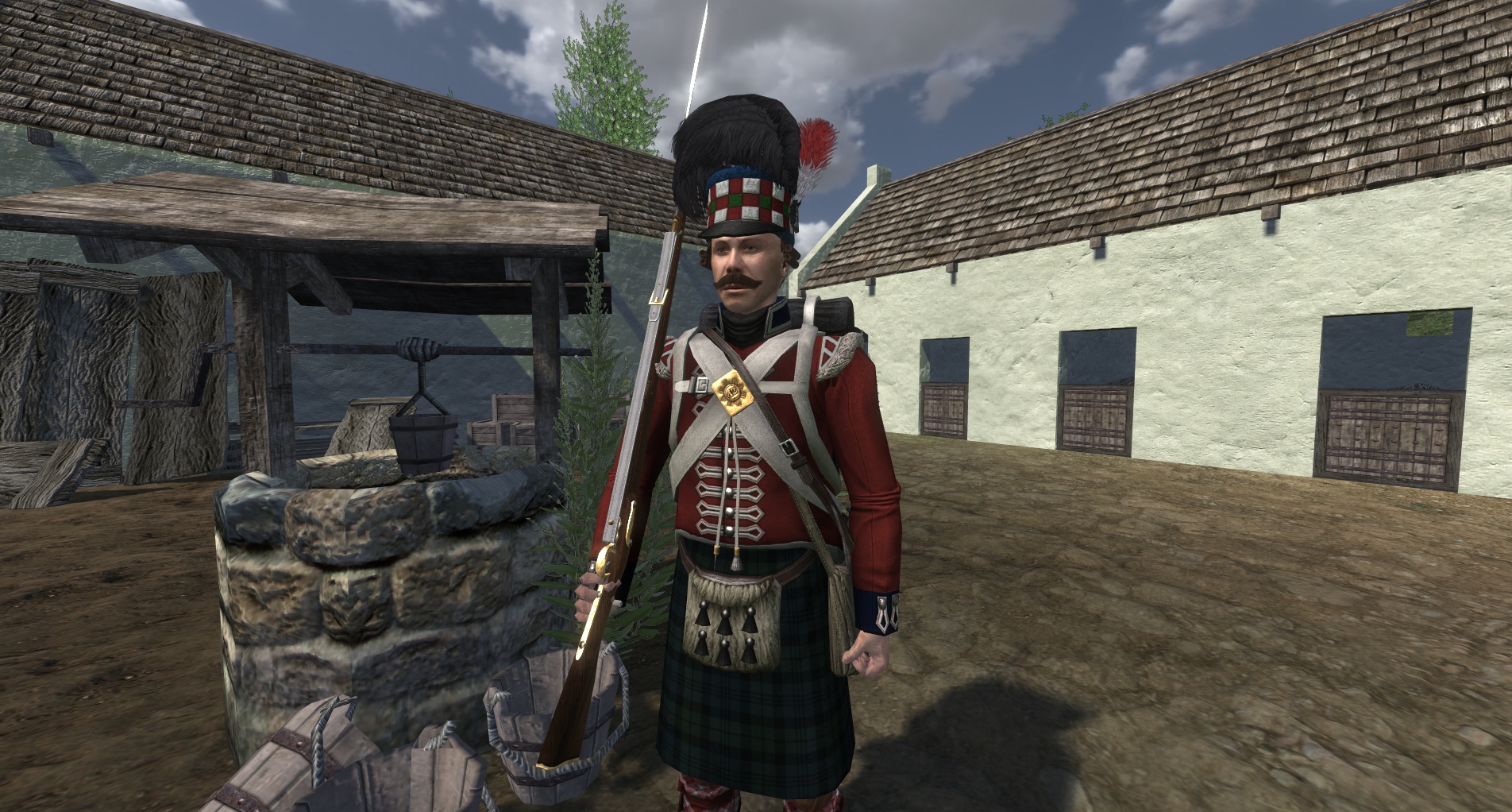
Introducing The 1. Garde-Regiment zu Fuß.
Formed in 1806 after the Prussians suffered a shocking defeat at the hands of france, it was formed from the remains of the old guard regiments. An incredibly elite regiment, it performed so well that the vast majority of the following Prussian royalty chose to wear their military uniform exclusively. As well as this, the regiment held the highest rank in the prussian army.
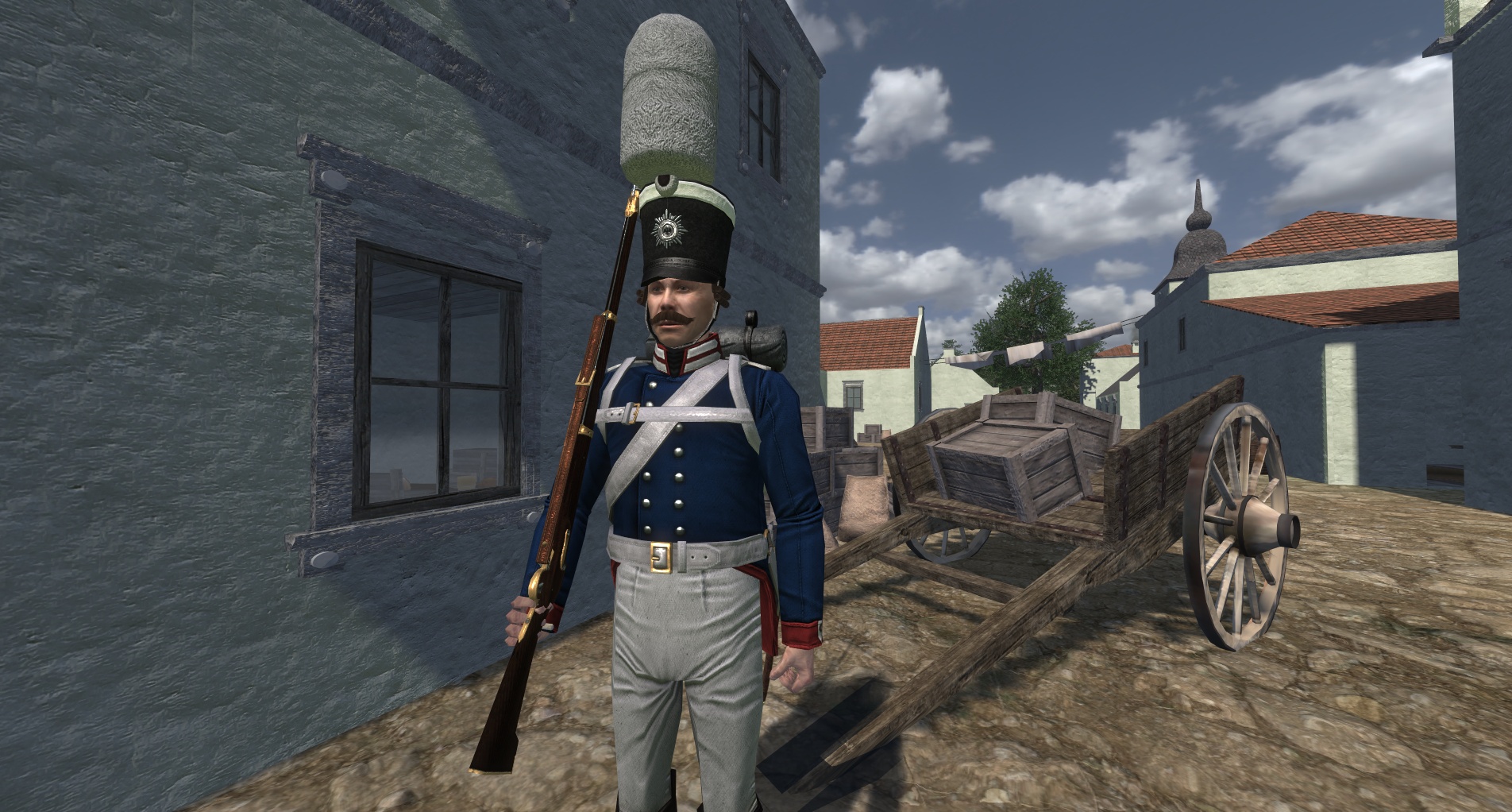
Introducing The Hungarian Grenadiers.
The Hungarian Grenadiers were a fearsome force, made up of huge men with terrifying fighting prowess. Participating in many of the major conflicts in the napoleonic wars including such battles as; Leipzig, Stockach and Eckmuhl. Being Grenadiers these men were not there to look pretty, they knew how to kill, and did so with ferocious efficiency. While Austria suffered many defeats at the hands of france, the grenadiers never disgraced themselves, and won respect even in the french forces.
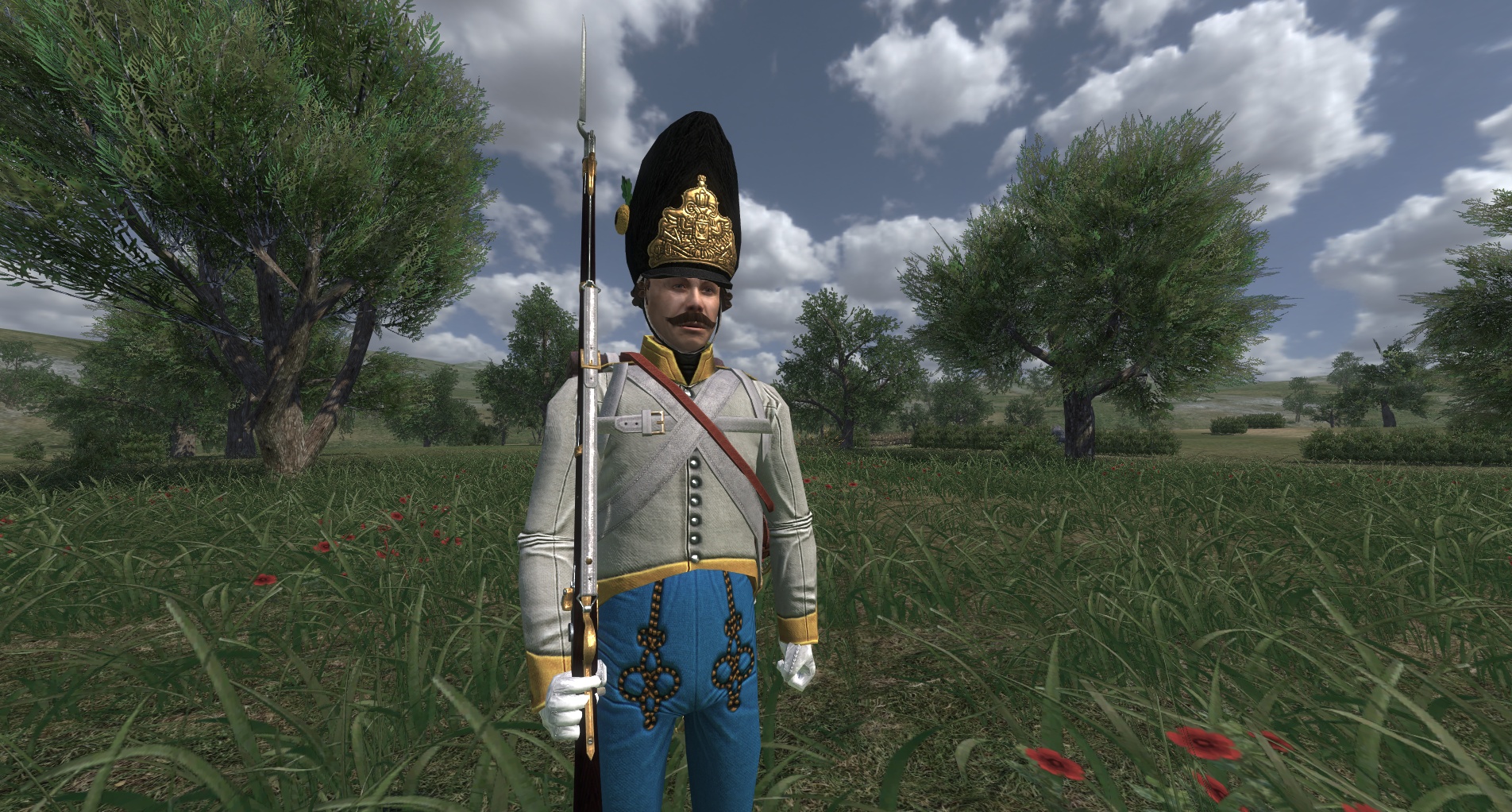
Introducing The Russian Footguards, Russian Imperial Guard.
Formed as a bodyguard to the Russian Royal Family, these men had huge amounts of loyalty to the royal family, and showed their love for their country by fighting brutally in several wars, including the Russian/Turkish war, and the conflicts with France, where they performed with distinction and bravery in the face of overwhelming odds.
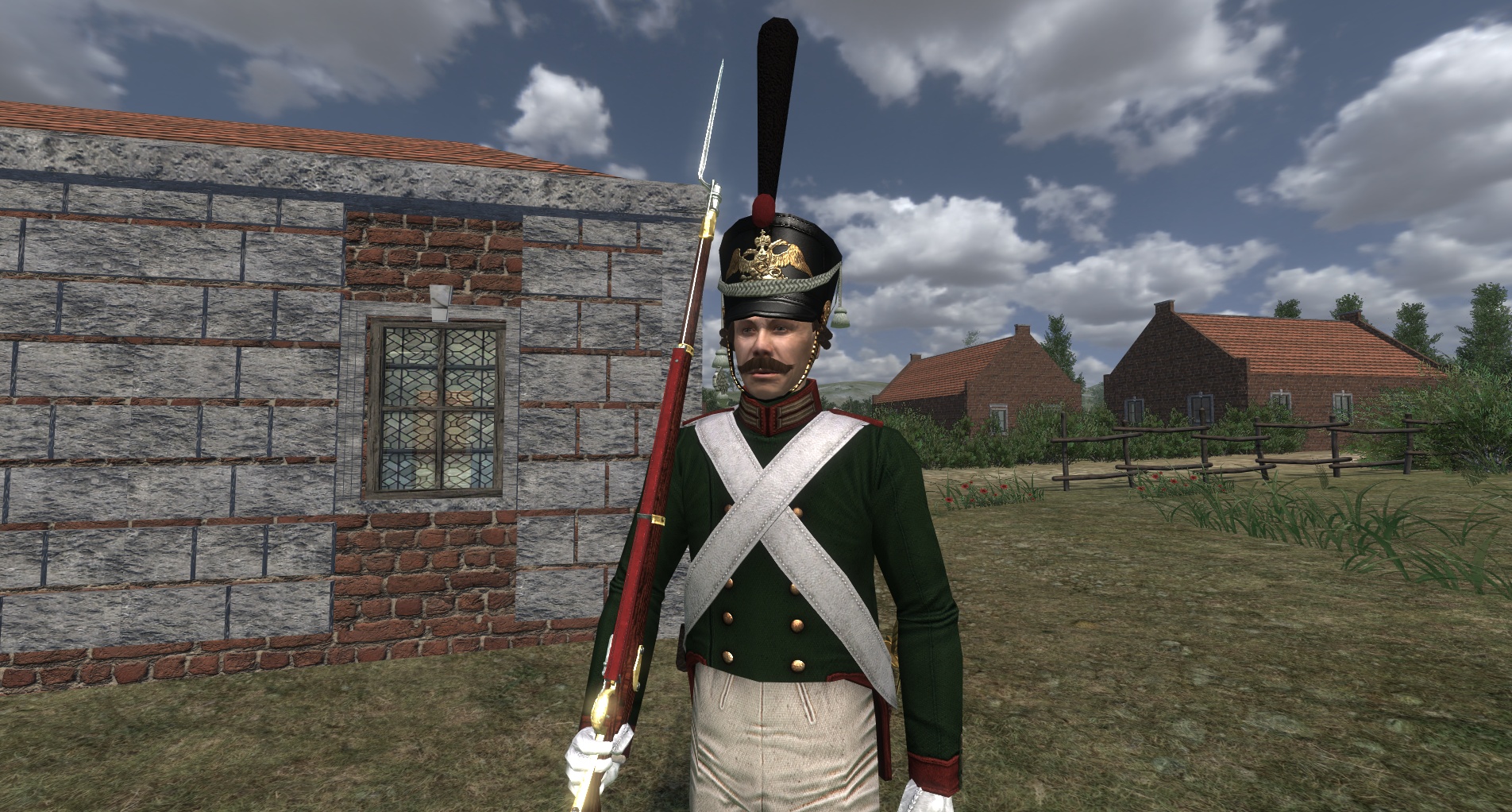
Also Included this week:
Mount & Blade: Warband - Napoleonic Wars Beta - Dev Commentary
http://youtu.be/x9IjJqlr31I
Stay tuned for the next sneak peek!

Sneek Peek 1.
Introducing the 33rd Regiment of Foot.
A Line Infantry regiment, it was established in 1702 to fight in the Spanish war of secession, where it served with distinction. It later fought in the Austrian war of secession, the seven years war, and the American war of independence. In 1782 they became the 1st Yorkshire of West Riding, also retaining their previous name. During the Napoleonic wars they served under Arthur Wellesley, the Duke of Wellington, and saw action in the West Indies, Holland, Ile de Bourbon, Mauritius & India, where they took part the defeat of the dreaded “Tiger of Mysore”, Tippoo Sultan. After Napoleon’s return to France the 33rd fought at Quatre Bras, and were stationed in the centre of the ridge between Hougoumont and La Haye Sainte, where they repulsed the french all day, including the Imperial Guard despite suffering almost half of their strength lost.
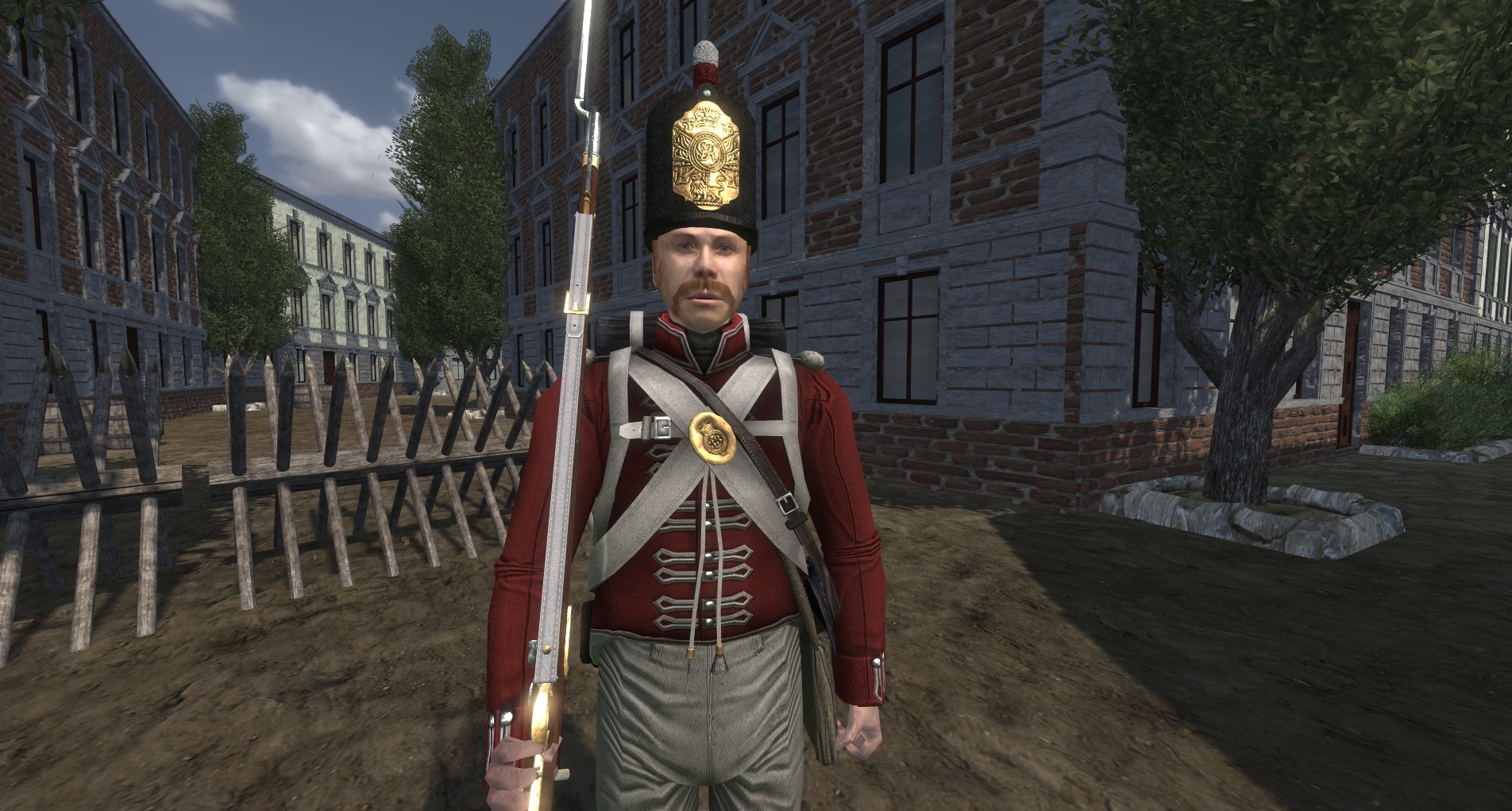
Introducing the 45eme Regiment d'Infanterie de Ligne.
A Line Infantry Regiment, the 45eme Regiment d'Infanterie de Ligne was originally created in 1643 as the Regiment de la Reine-Mere. It was part of the Armee d'Italie in 1792-94 and formed part of the l'Interieure and de Reserve during the period 1795-99.
In 1802 the Regiment saw service in Switzerland and from 1802 to 1805 it was part of L'Armee de Hanovre. The Regiment took part in the campaigns in Austria, Prussia, and Poland and was sent to Spain and saw service at Talavera, Chiclana, Albuhera, Alba de Tormes, Vittoria and in Germany at Dresden in 1813. The rest of the regiment saw action at Nivelle, Orthez, and Toulouse. In 1815 it took part in the ill fated Waterloo campaign.

Introducing the Infanterie Regiment Nr. 8
A Line Infantry Regiment the (1. Brandenburgisches) Infanterie Regiment Nr. 8 was formed in Berlin, Brandenburg, a mix of Grenadier and Musketier Troops formed from the old Prussian Army. The regiment fought in the legendary Siege Of Kolberg, where two thousand men held the city against ten thousand french soldiers until the peace treaty between Prussia and France was signed. Because of this there is the words "Kolberg 1807" are written on their regimental banner.
In 1812 the "Grande Armee" marched into Russia. The regiment was forced to participate in that war because Prussia had been forced in an alliance with France. As the "Grande Armee" retreated the regiment became the rearguard, together with the rest of the Korps under General Yorck. They lost contact with the french troops and, in December 1812 Yorck signed the convention of Tauroggen: The start of the german resistance against france! After this the regiment fought in the "liberation wars" against Napoleon.
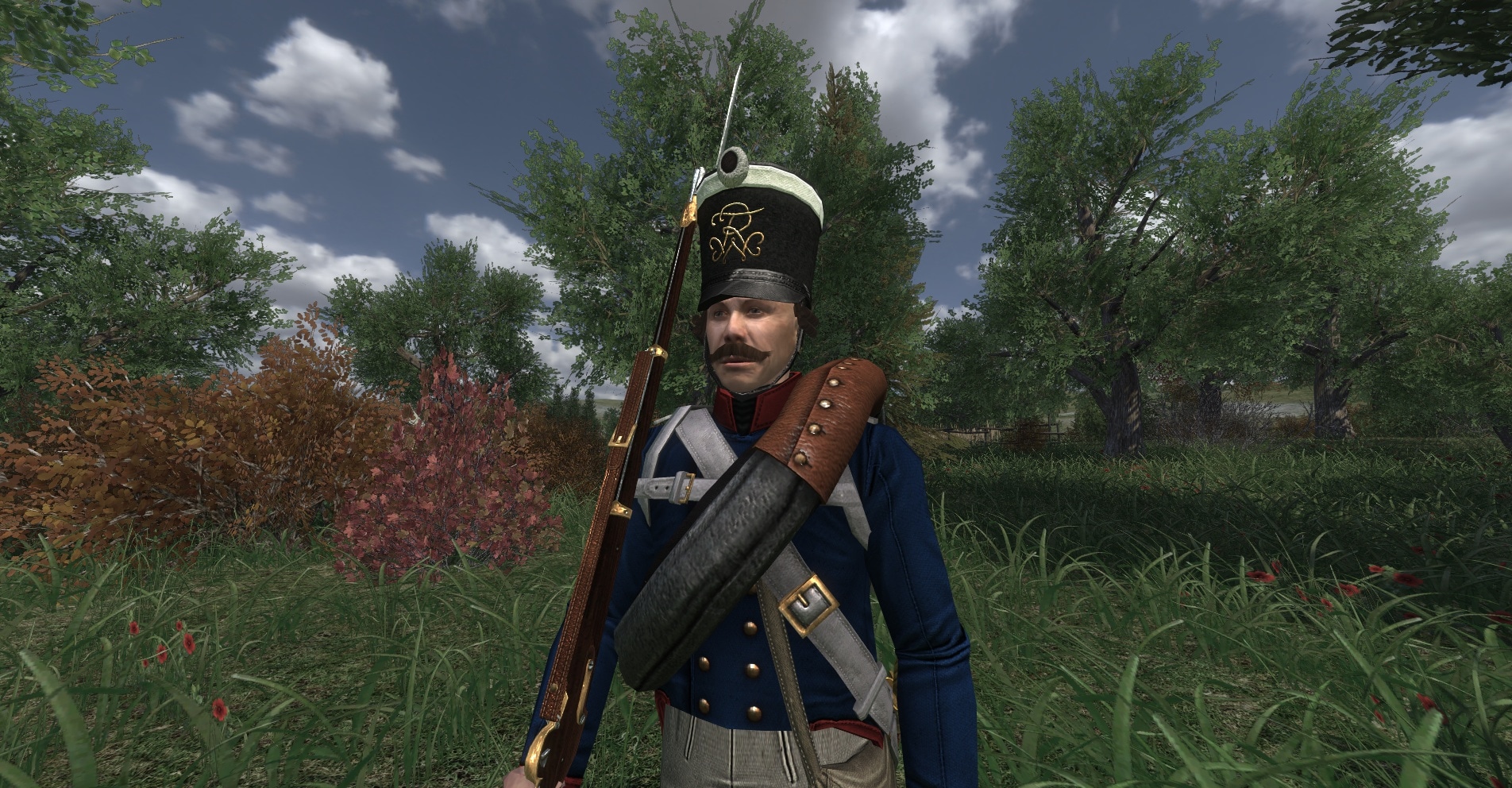
Introducing The Upper Austrian kuk Infantry Regiment "Ernst Ludwig, Grand Duke of Hesse and by Rhine," No. 14.
A line Infantry Regiment, it was formed in 1769, and spent the vast majority of its career garrisoning various posts in upper Austria. While not being as illustrious as some regiments, it made its name by remaining steadfast throughout its conflicts, defending its posts with honour and perseverance.

Introducing the Russian Partisan.
During Napoleon’s invasion of Russia (1812), he forced his long way up deep into Russian territory, as he did so large numbers of russian peasants made up small irregular forces that used partisan tactics to harass and destroy the French supply line. These plebeian soldiers were poorly armed and equipped, but they were always determined and vicious. grab your vodka bottle!

And a wallpaper for you fans:
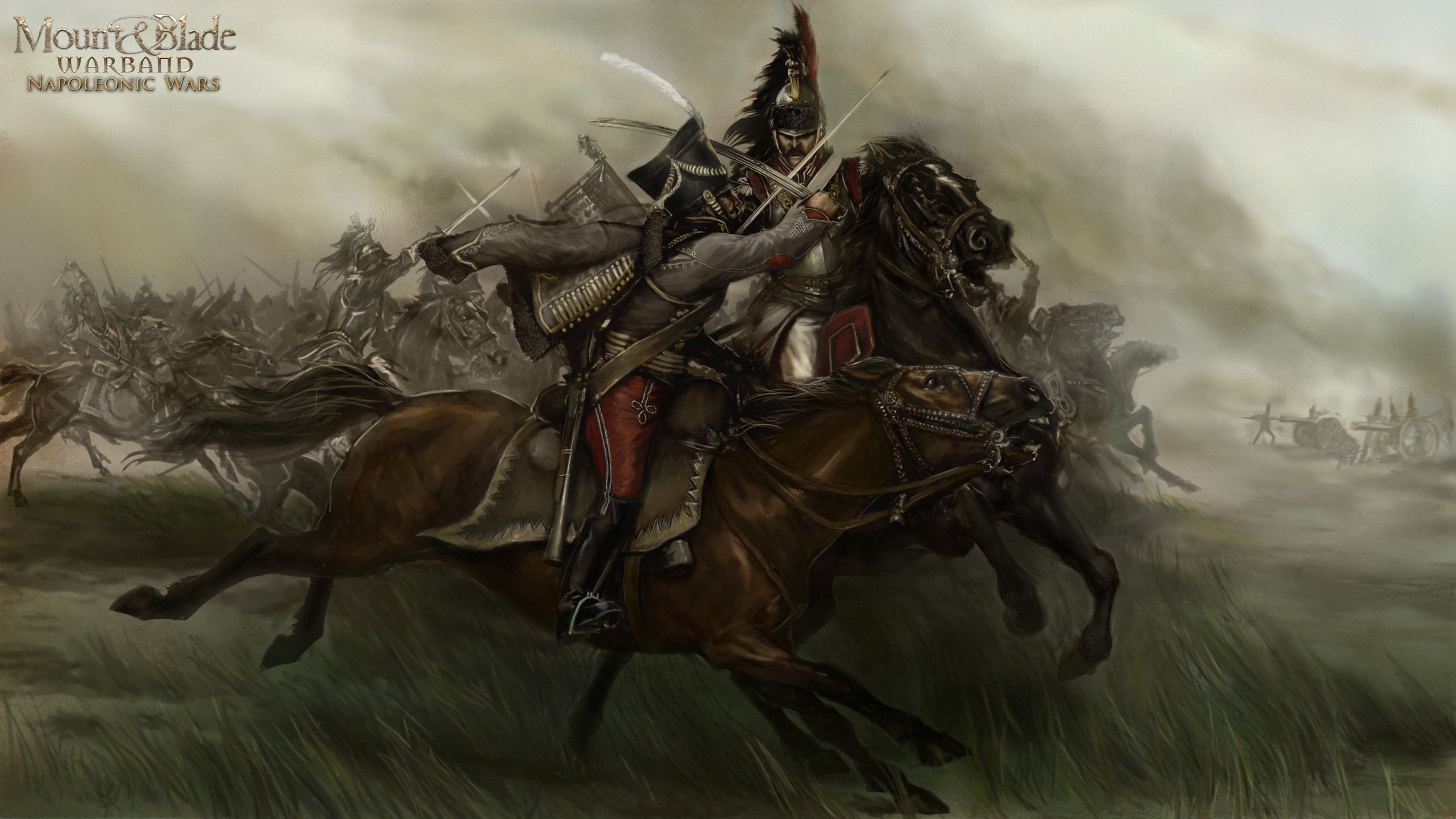
Stay tuned for the next sneak peek!









